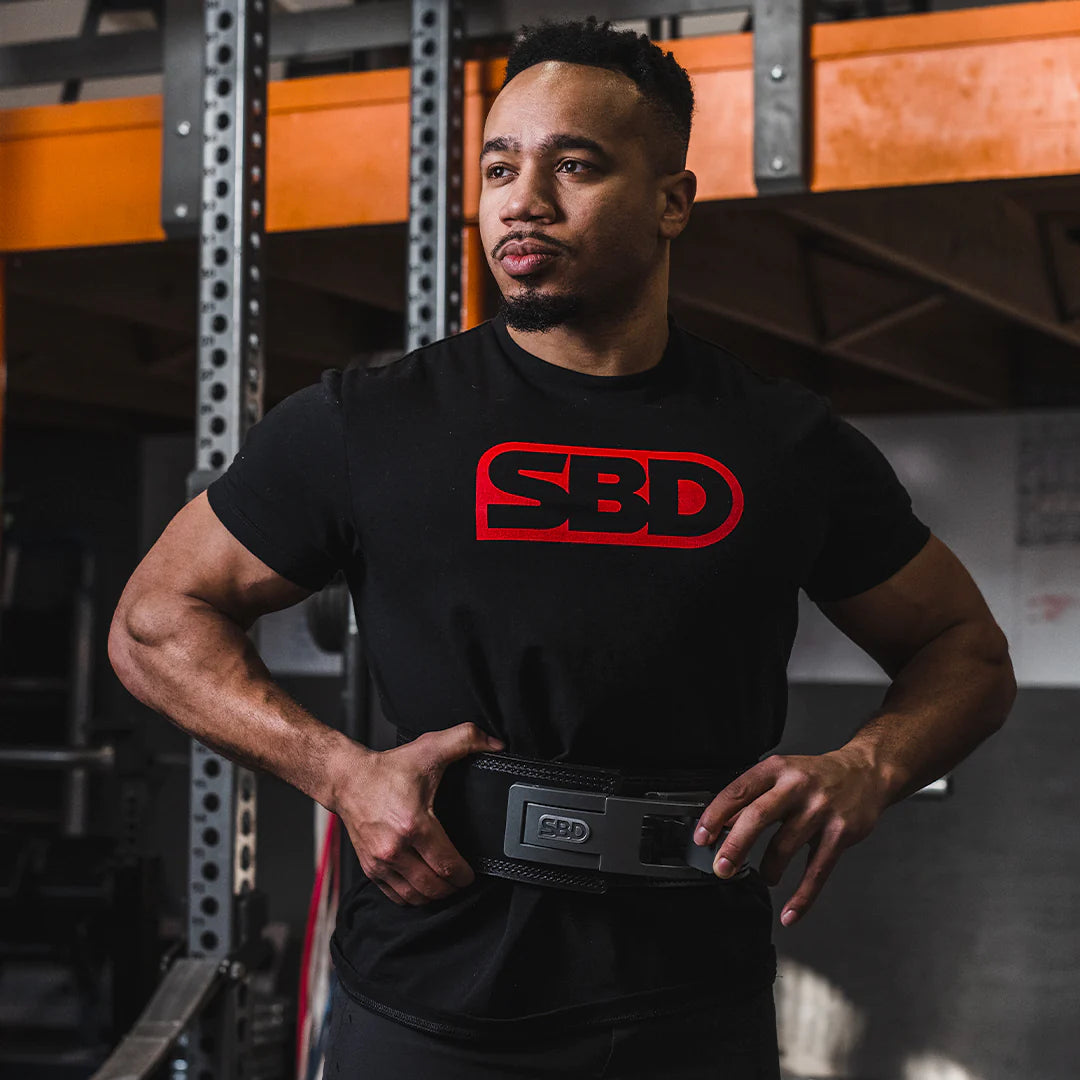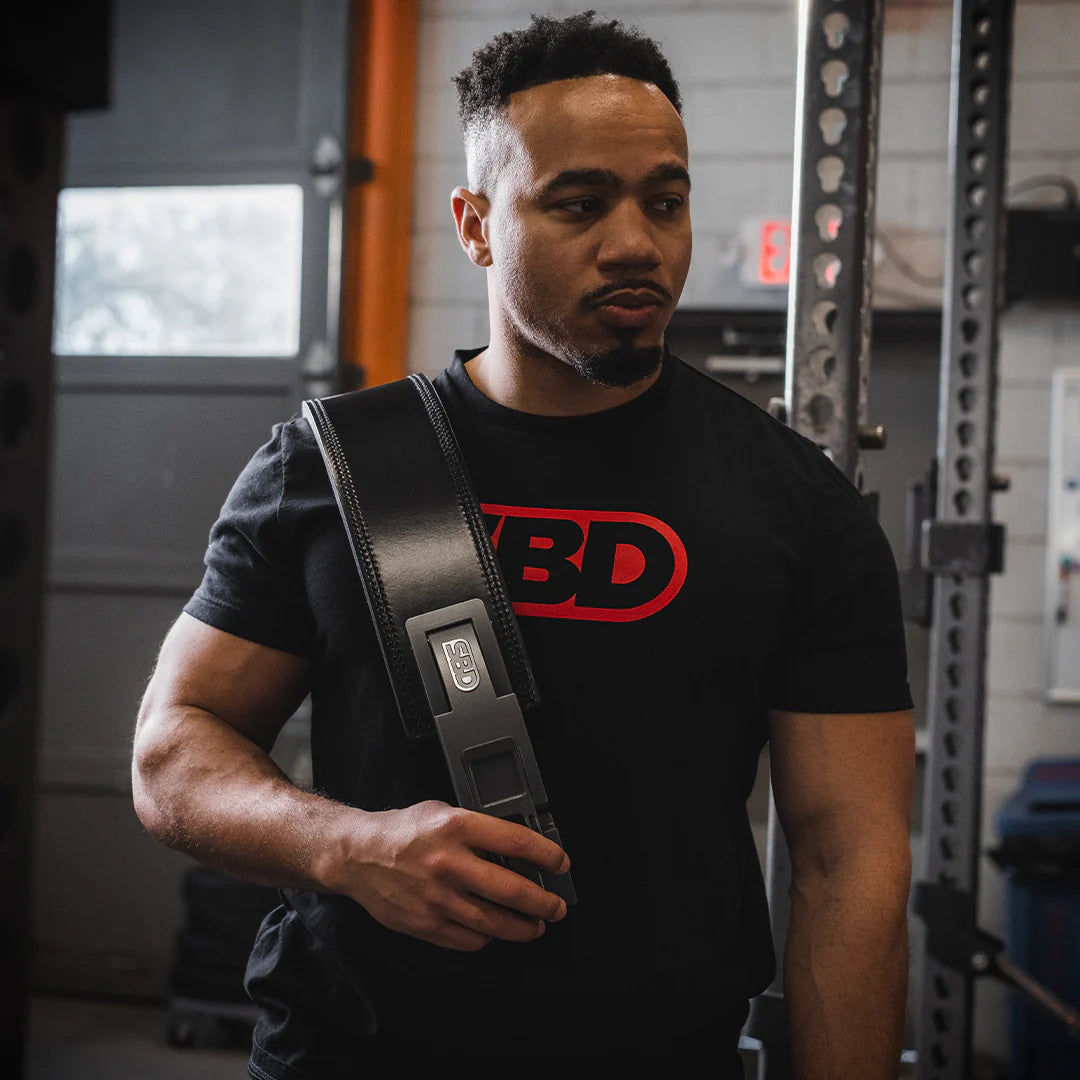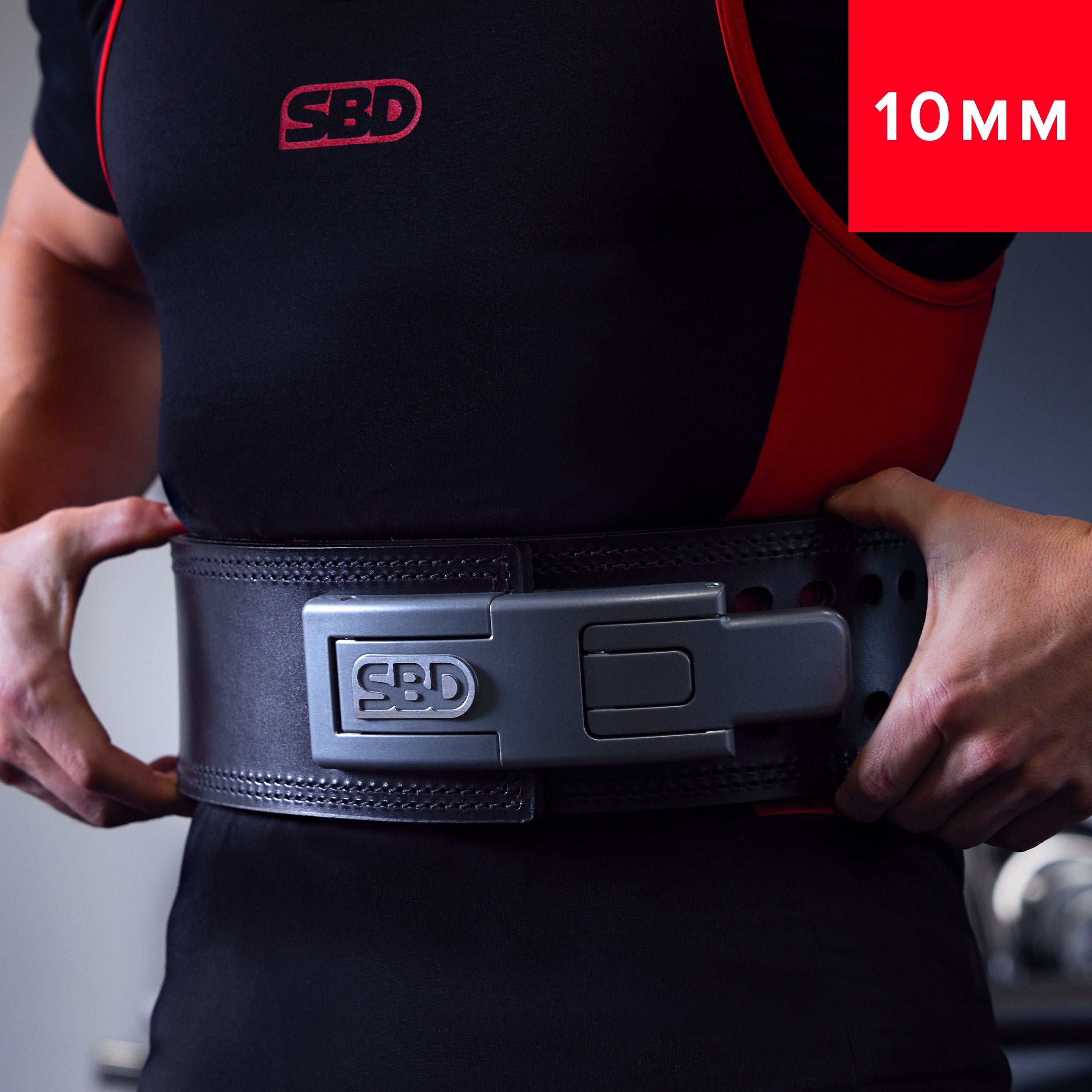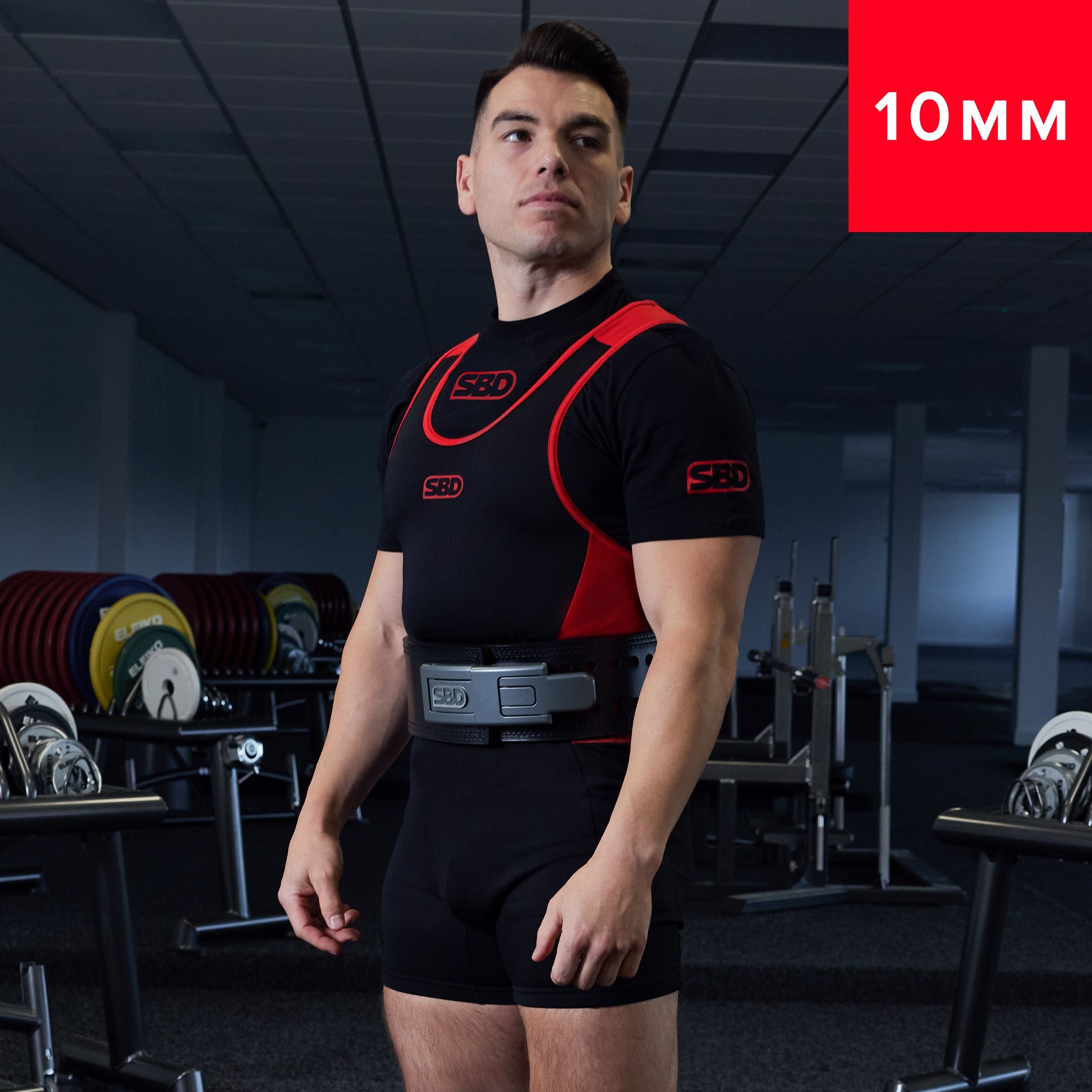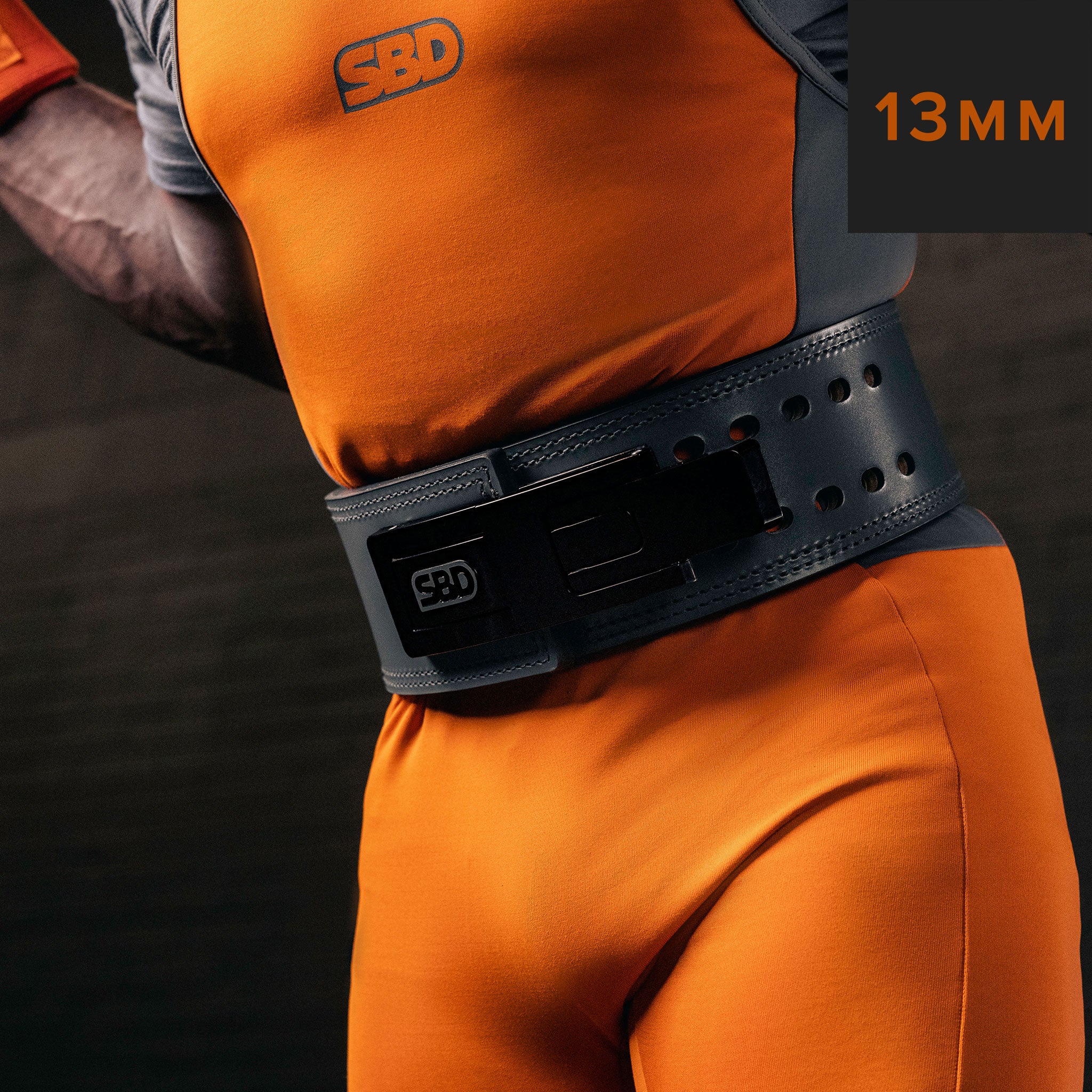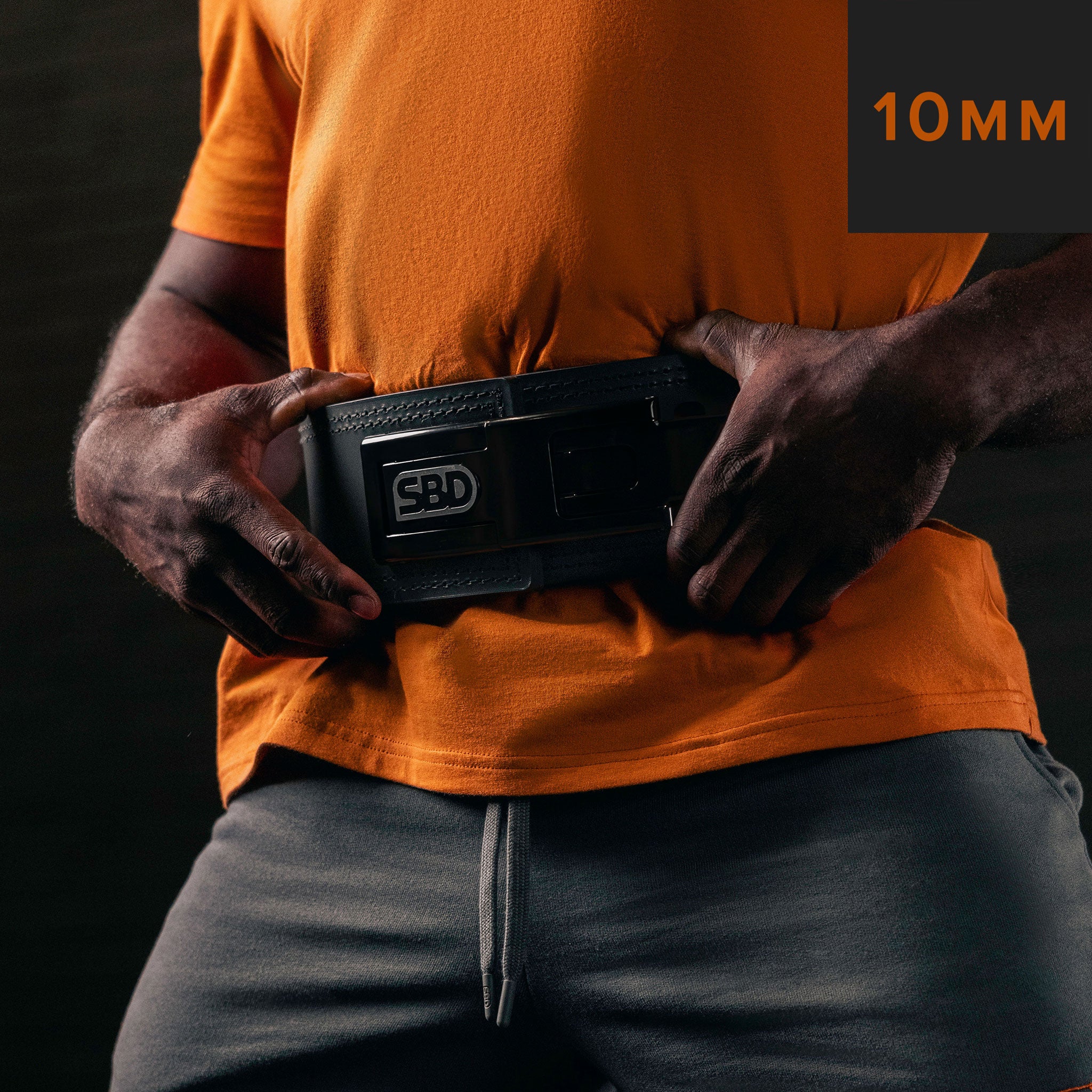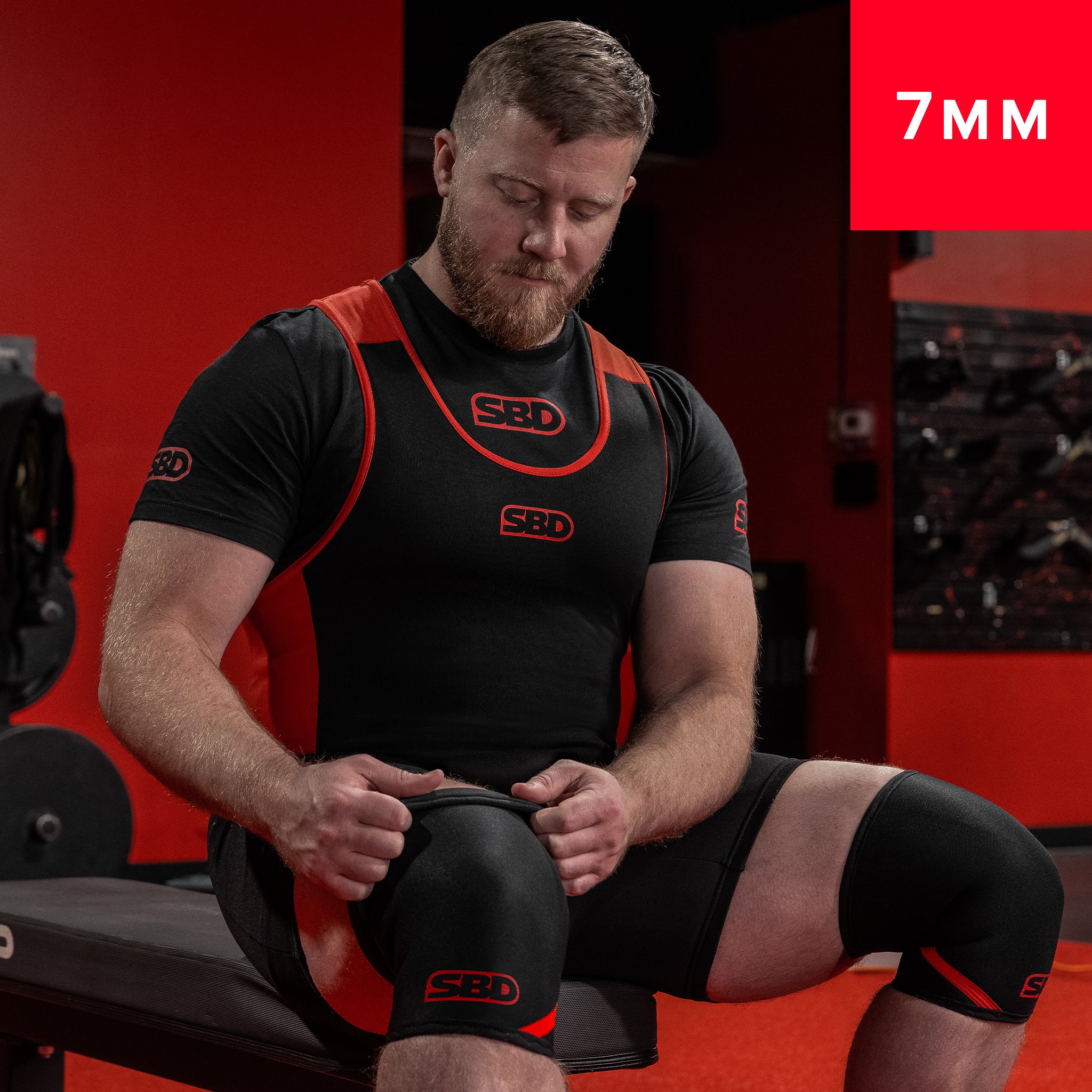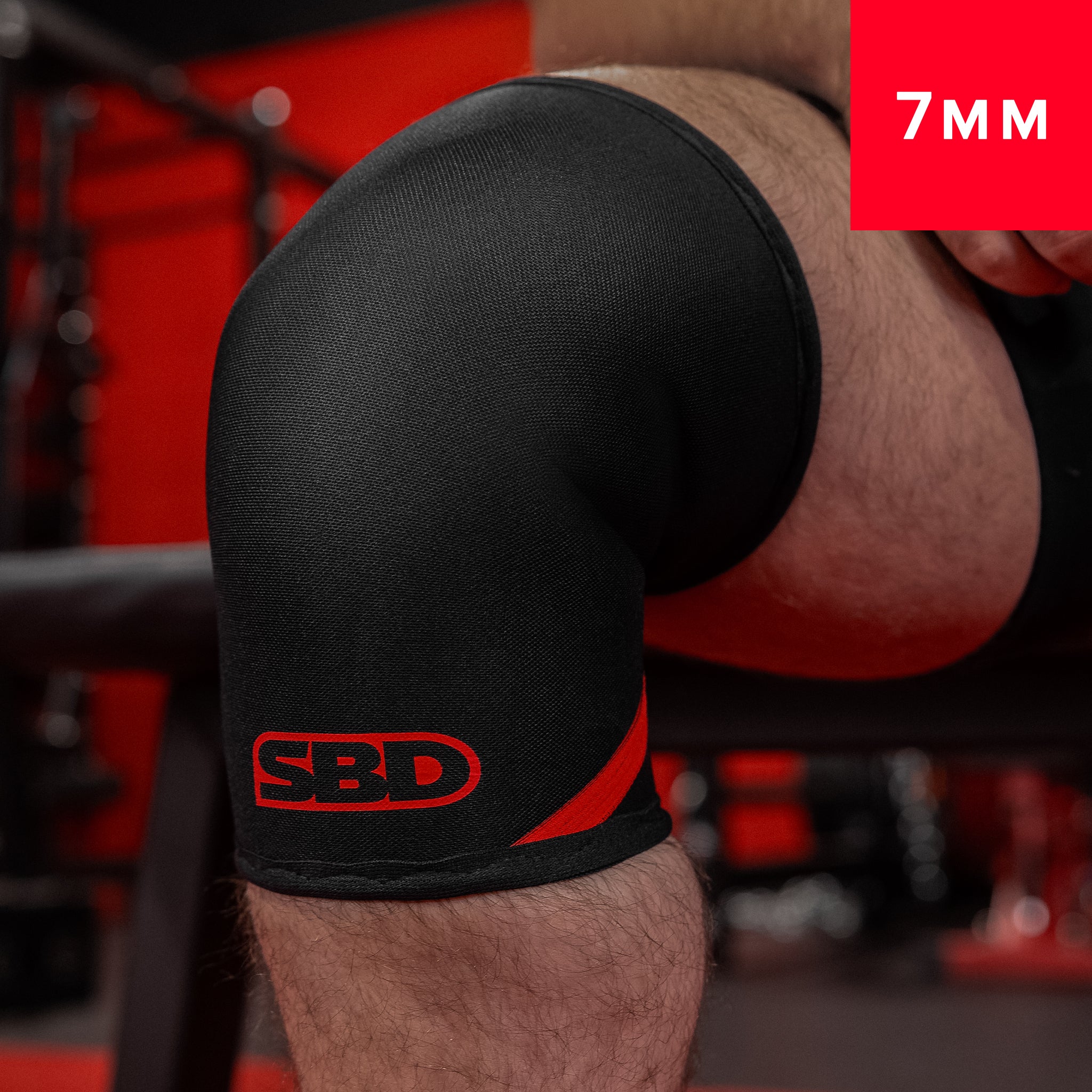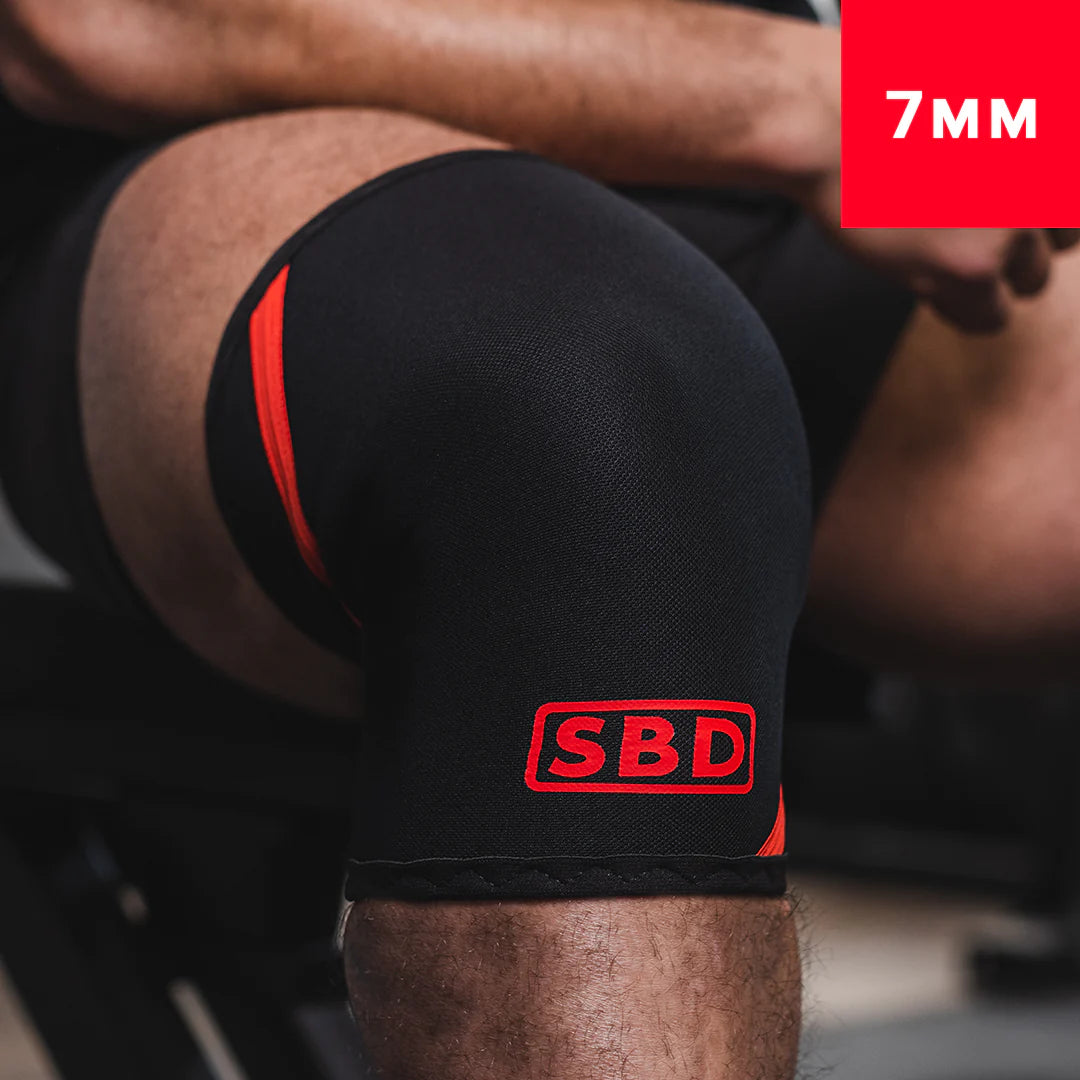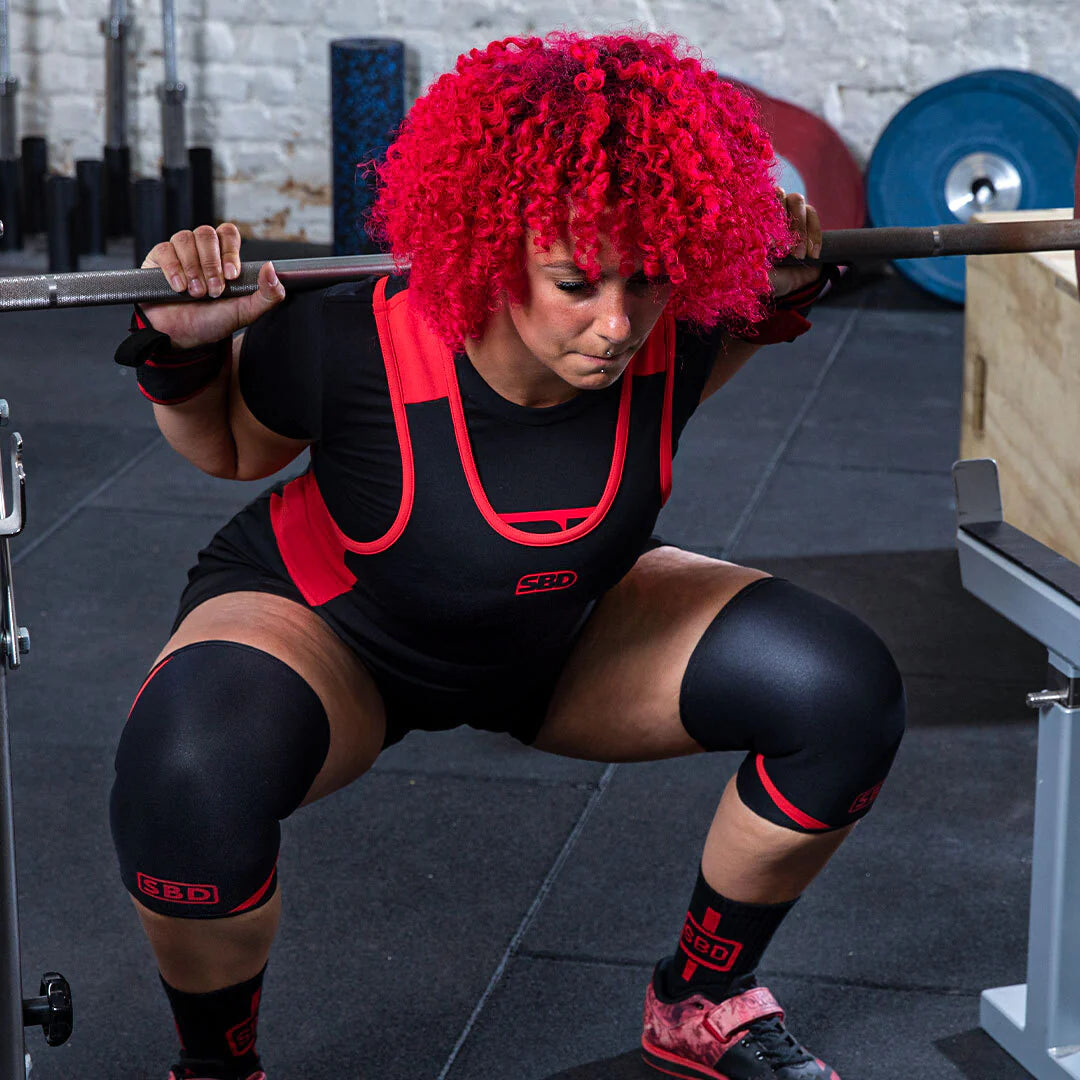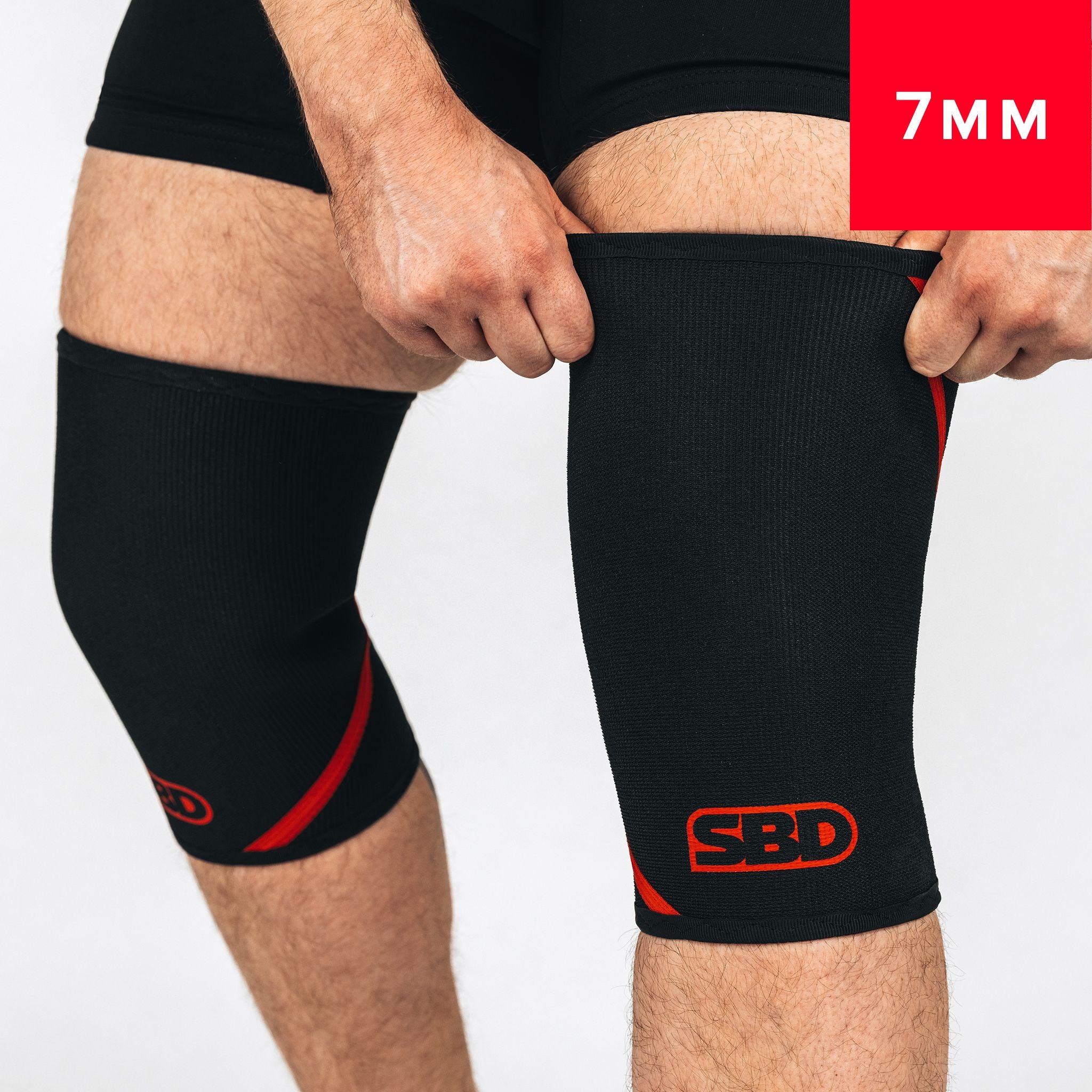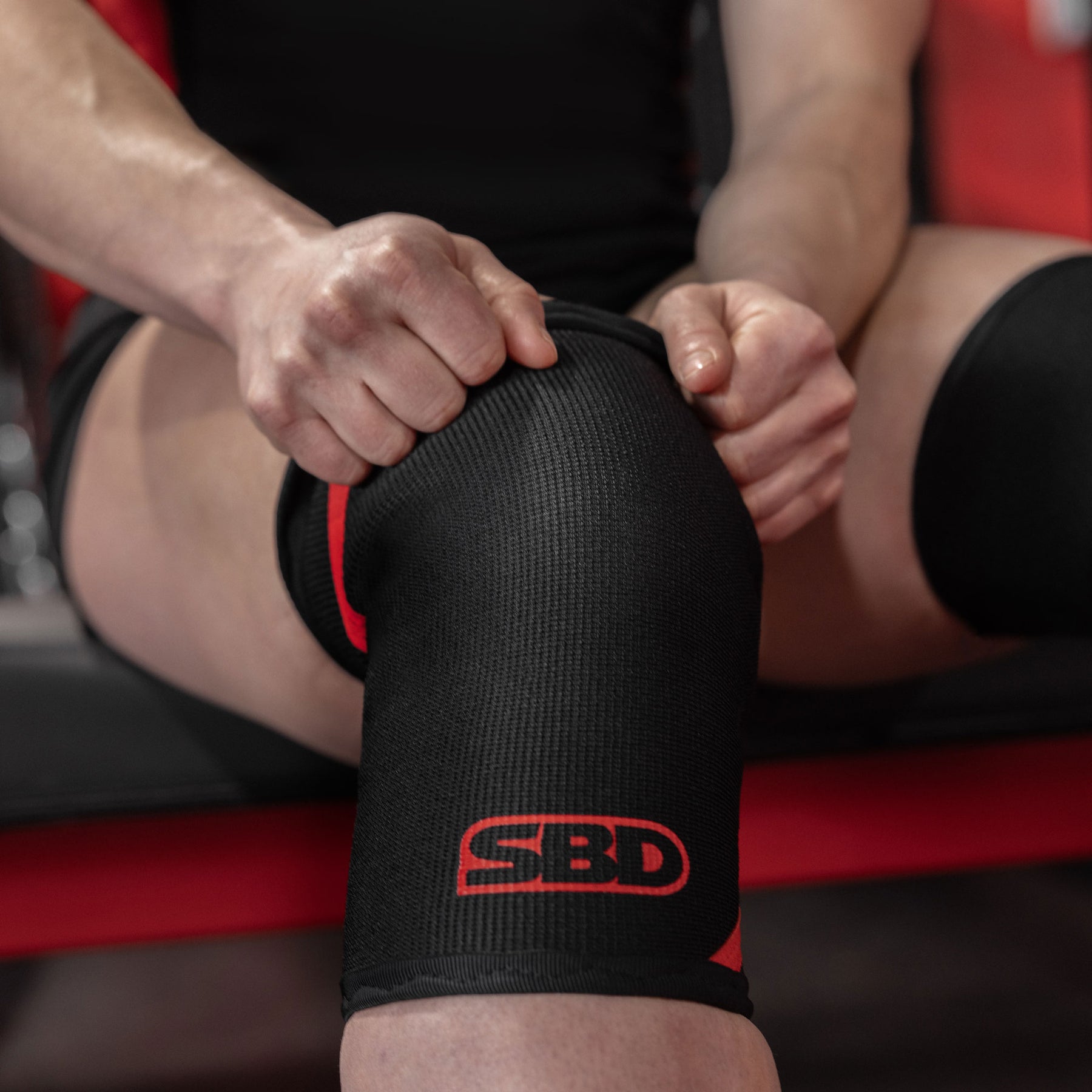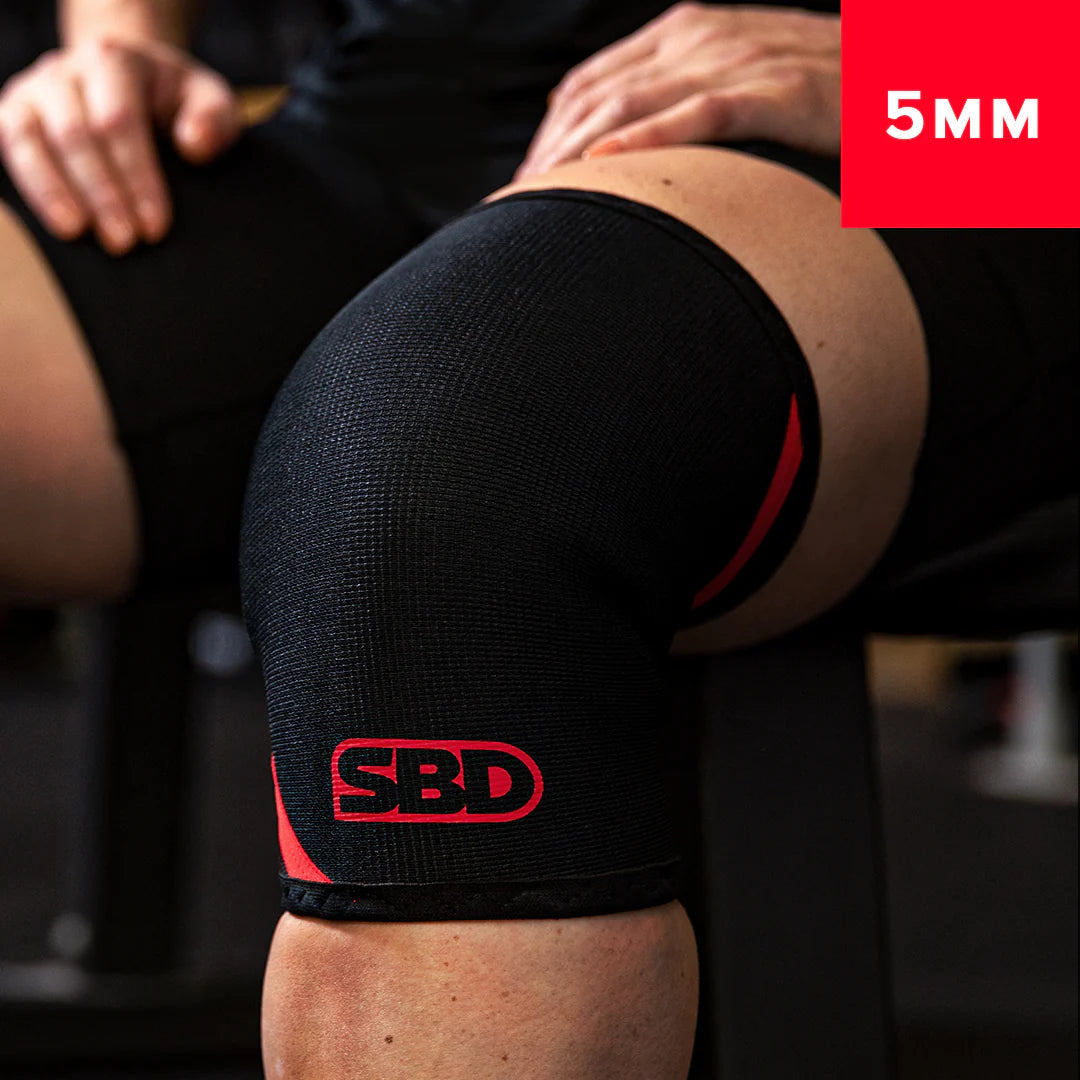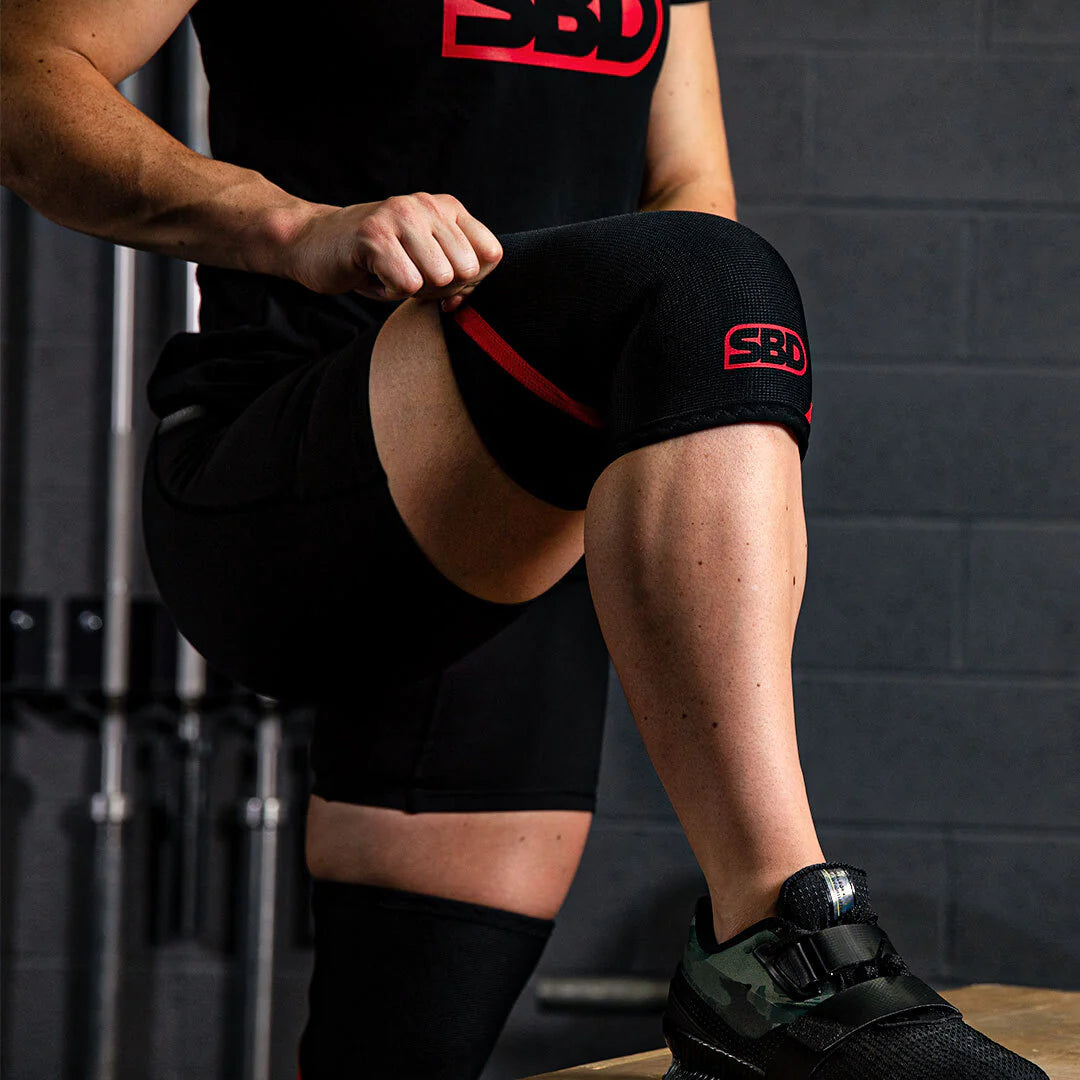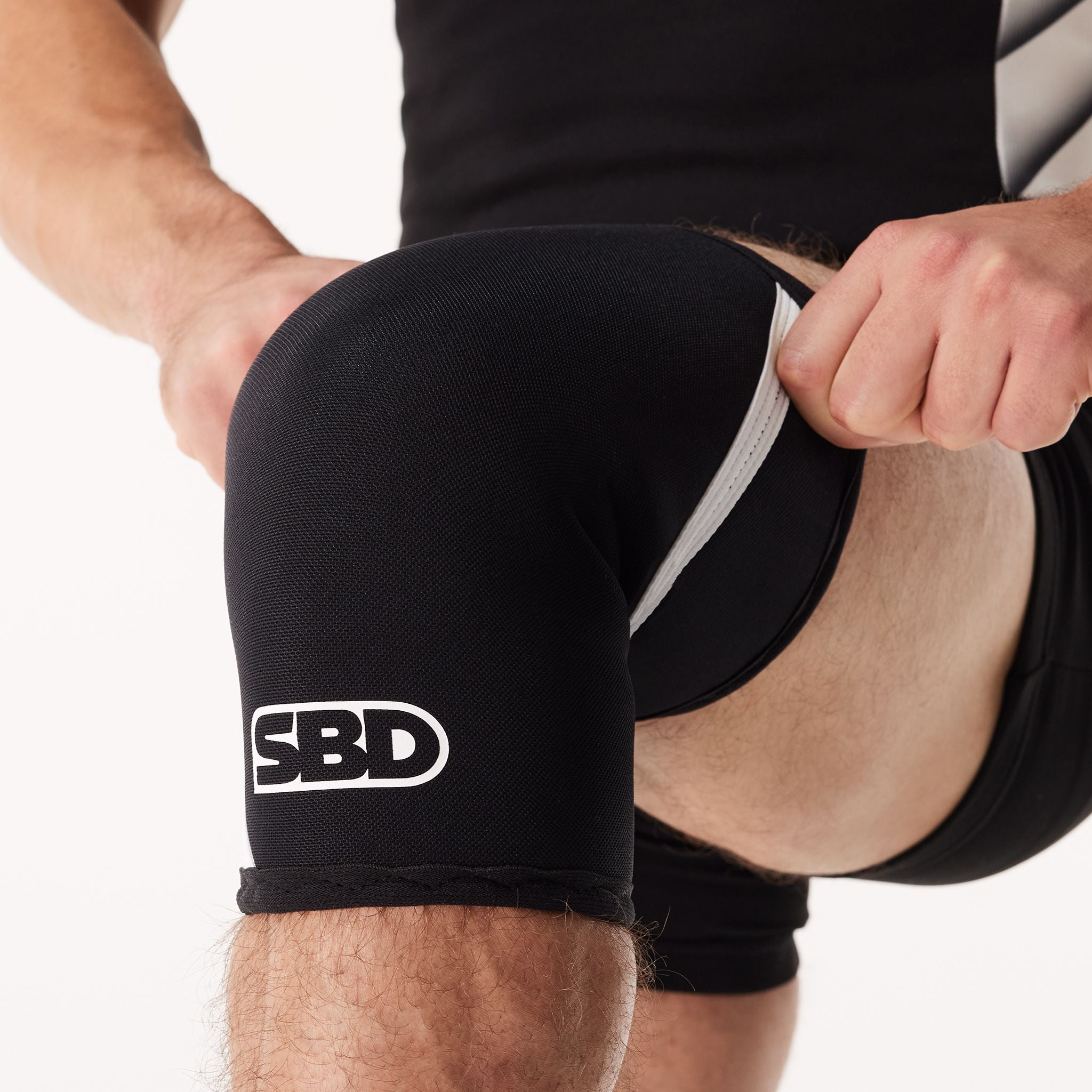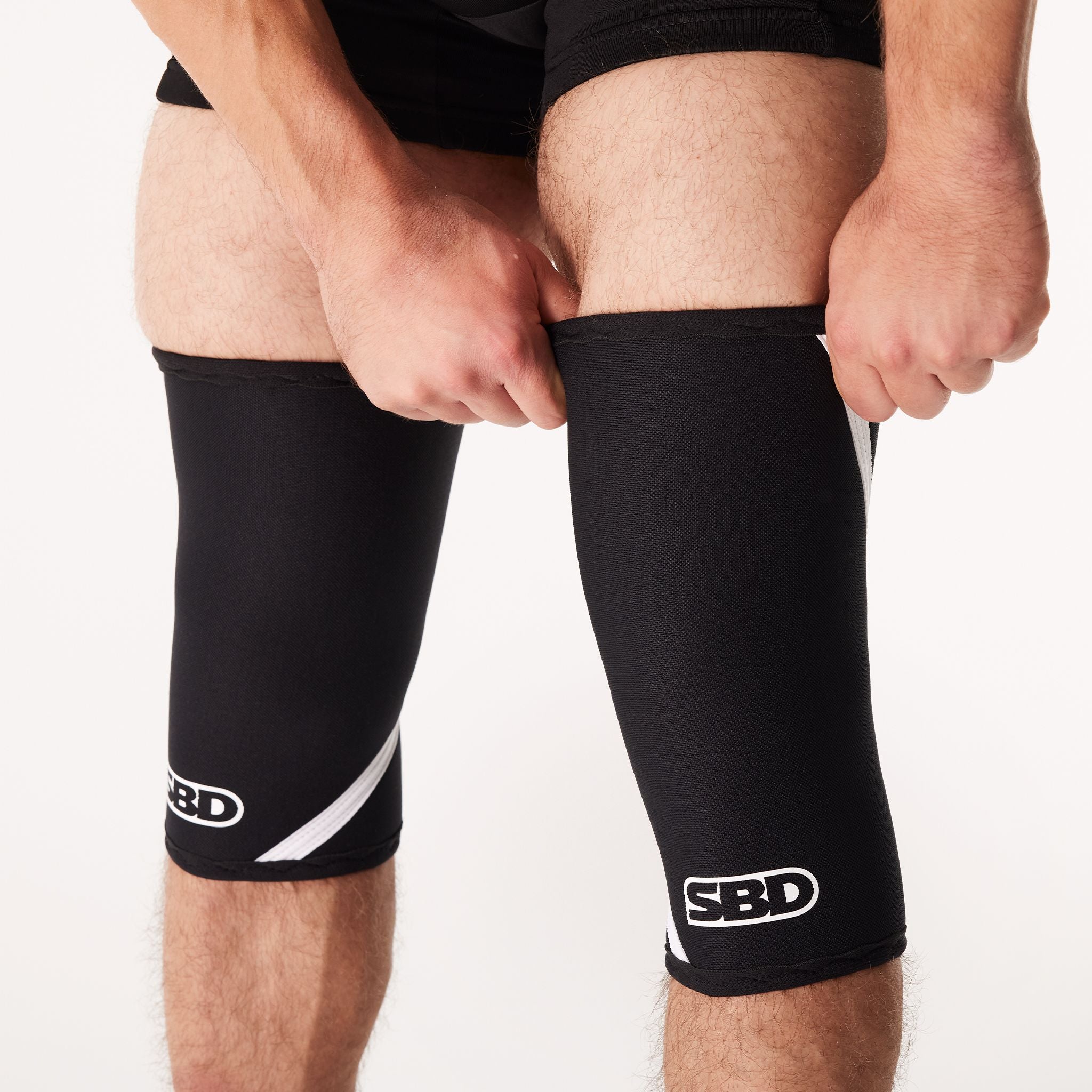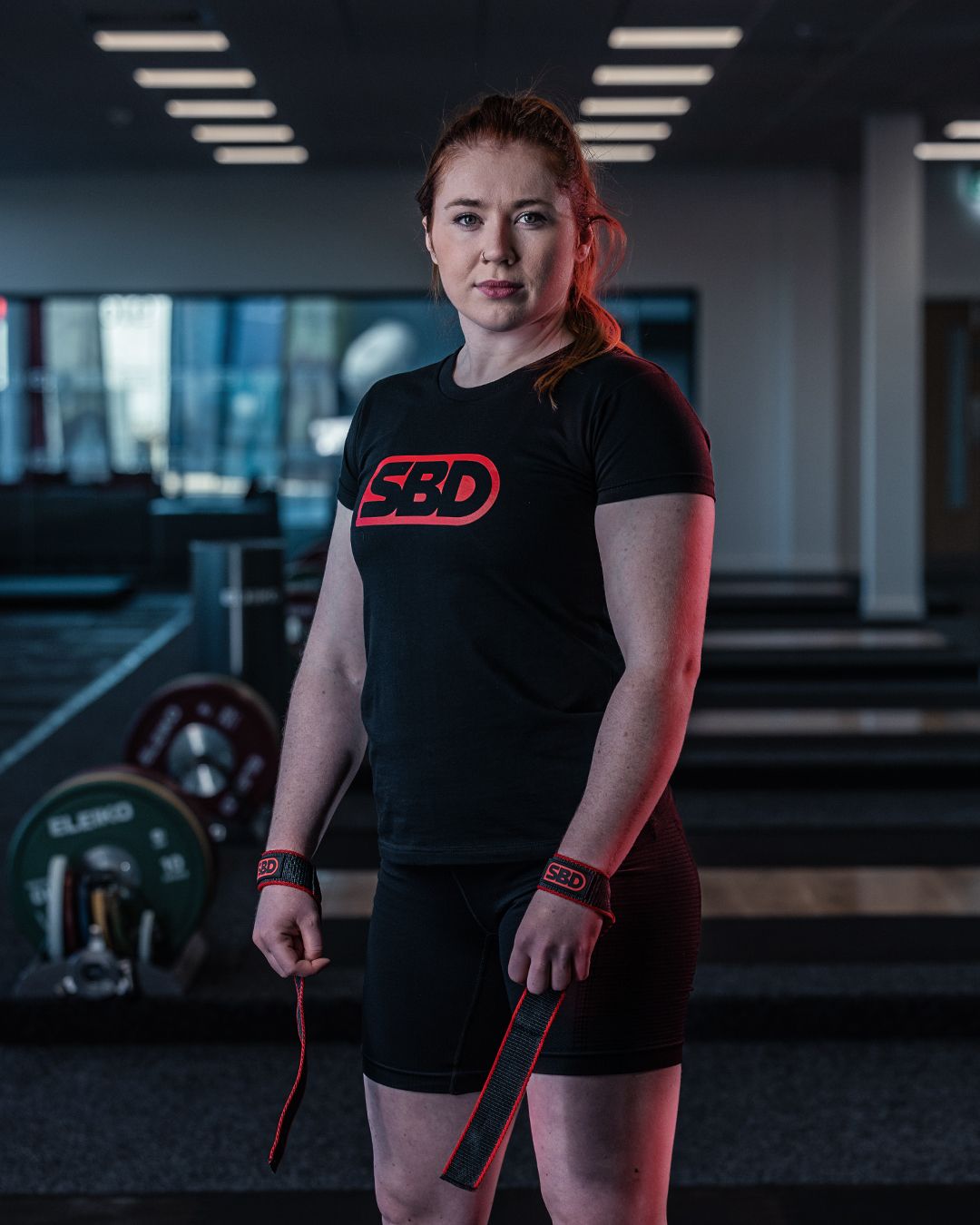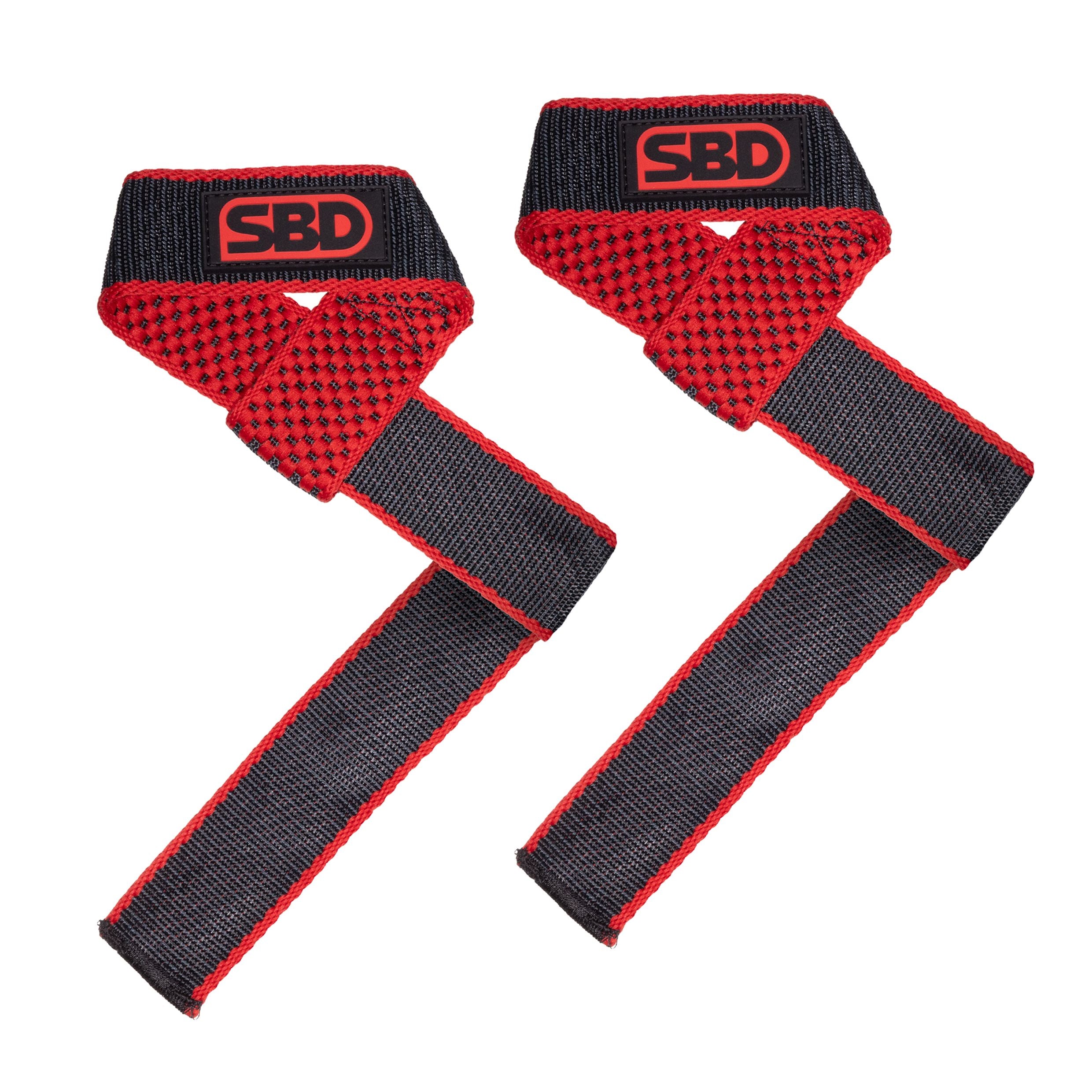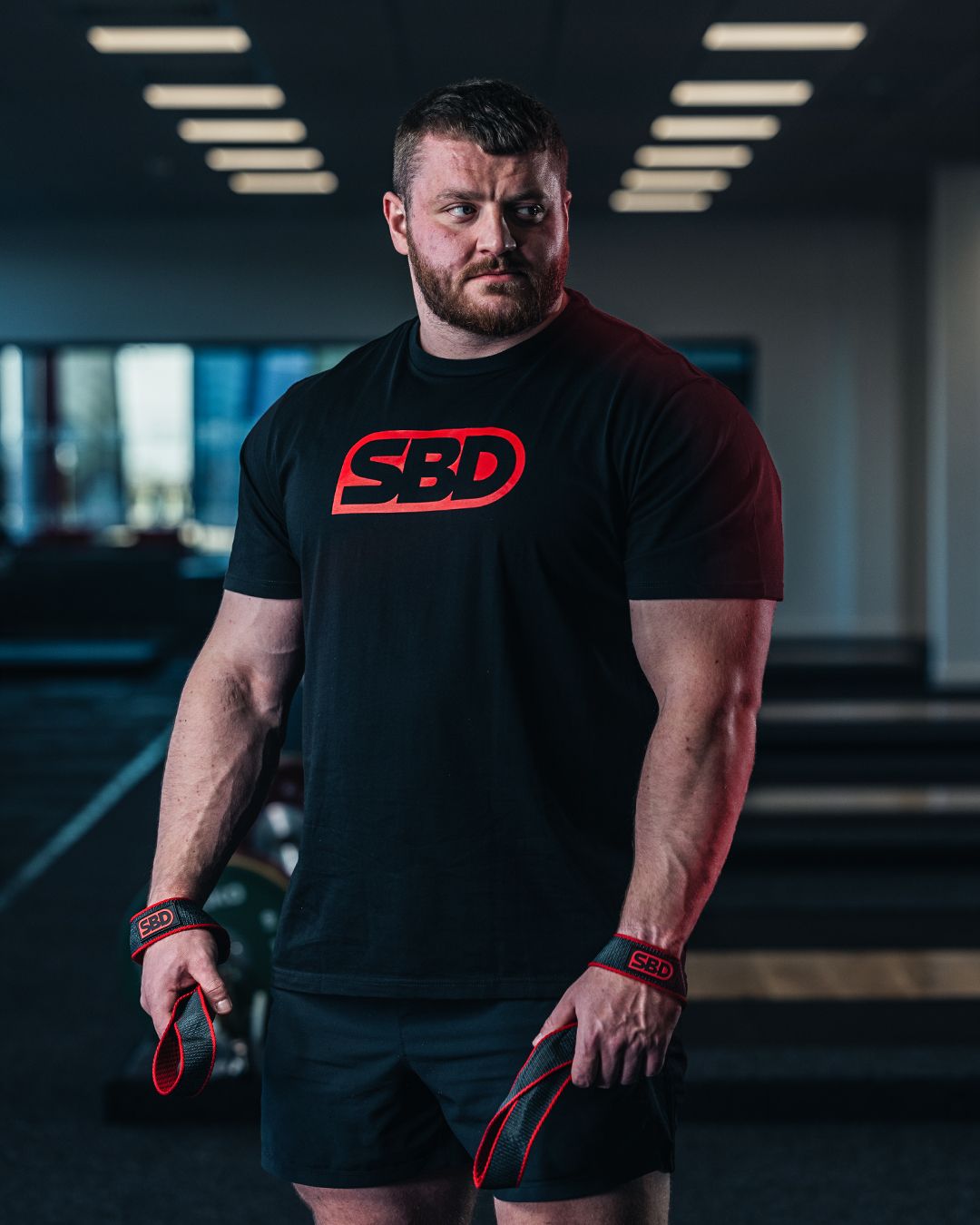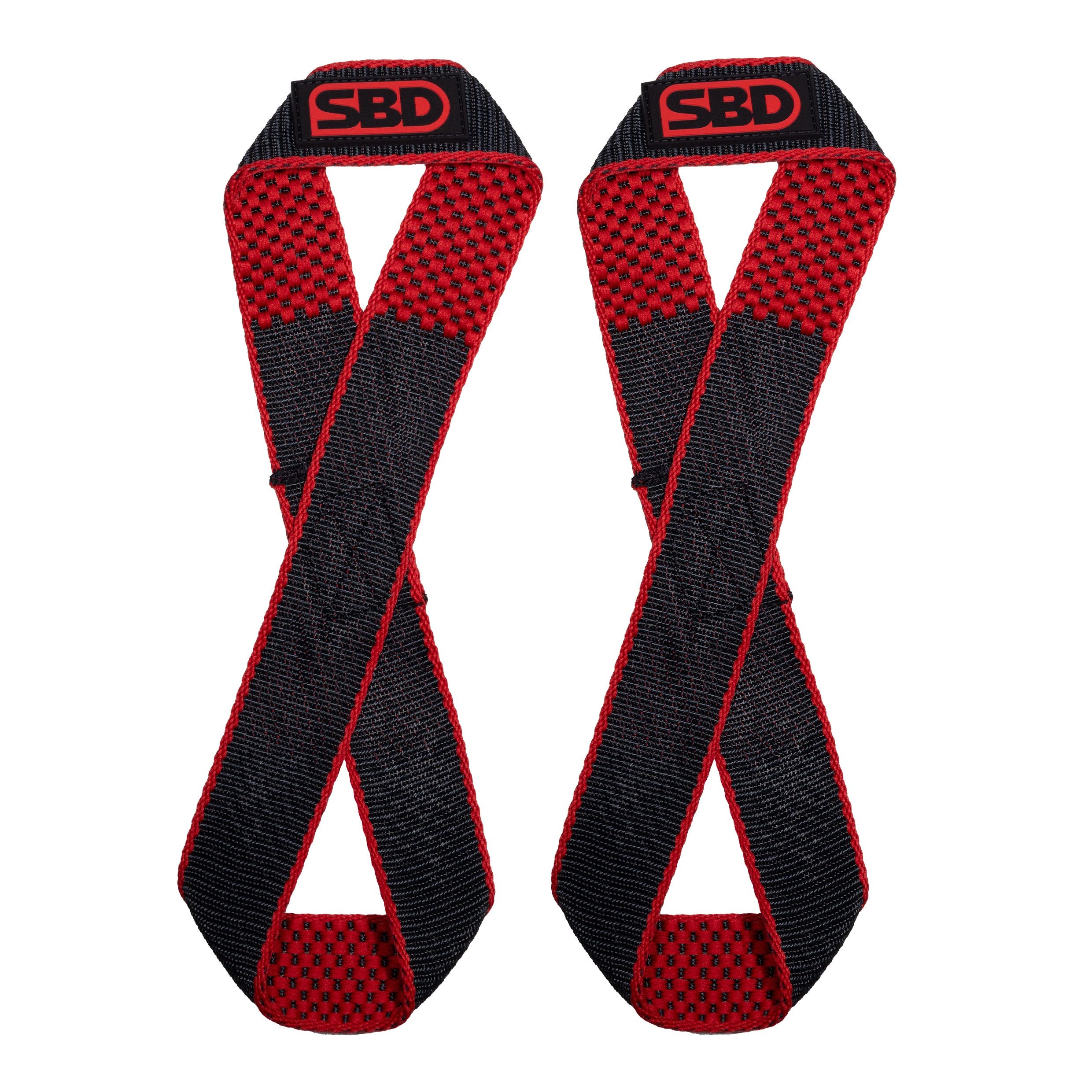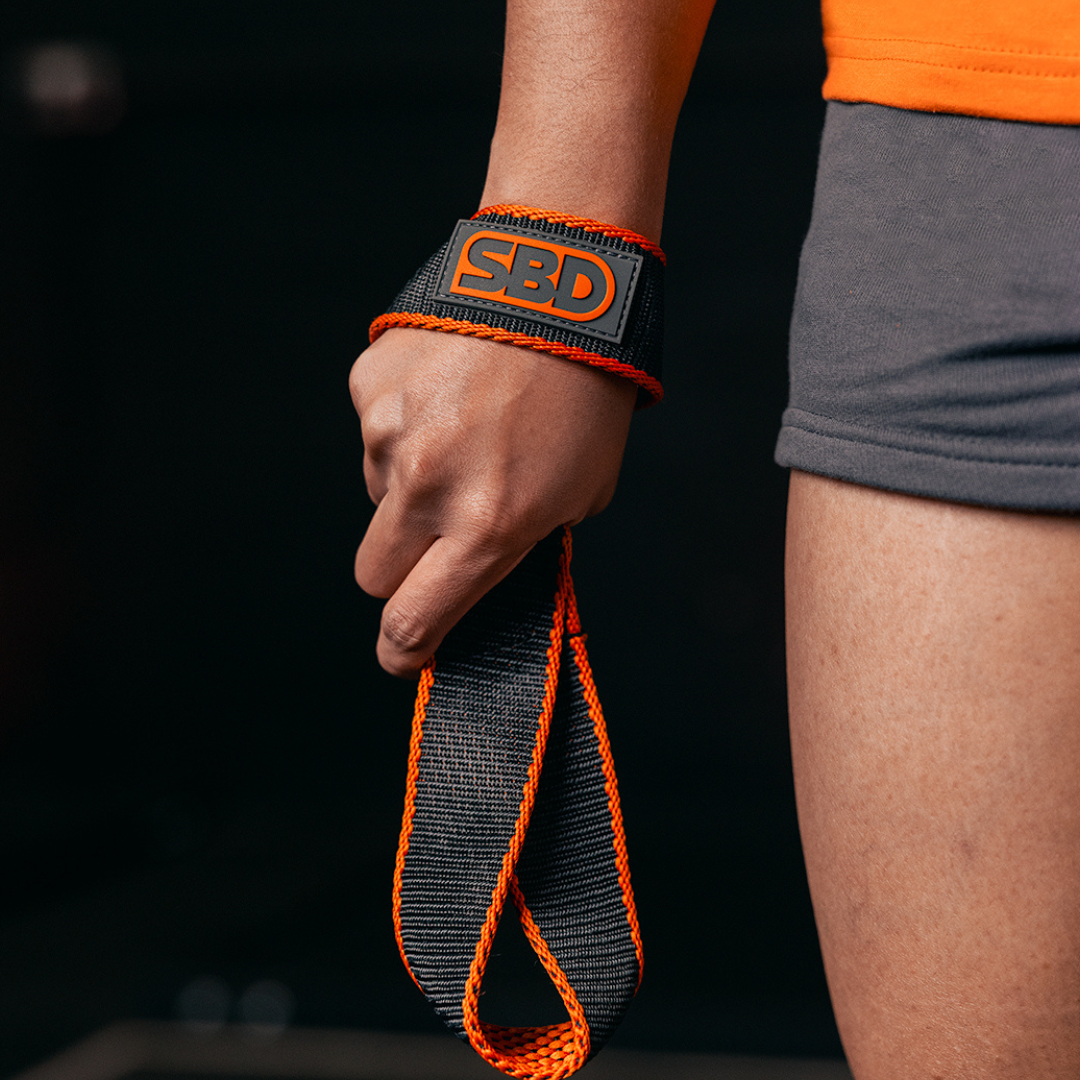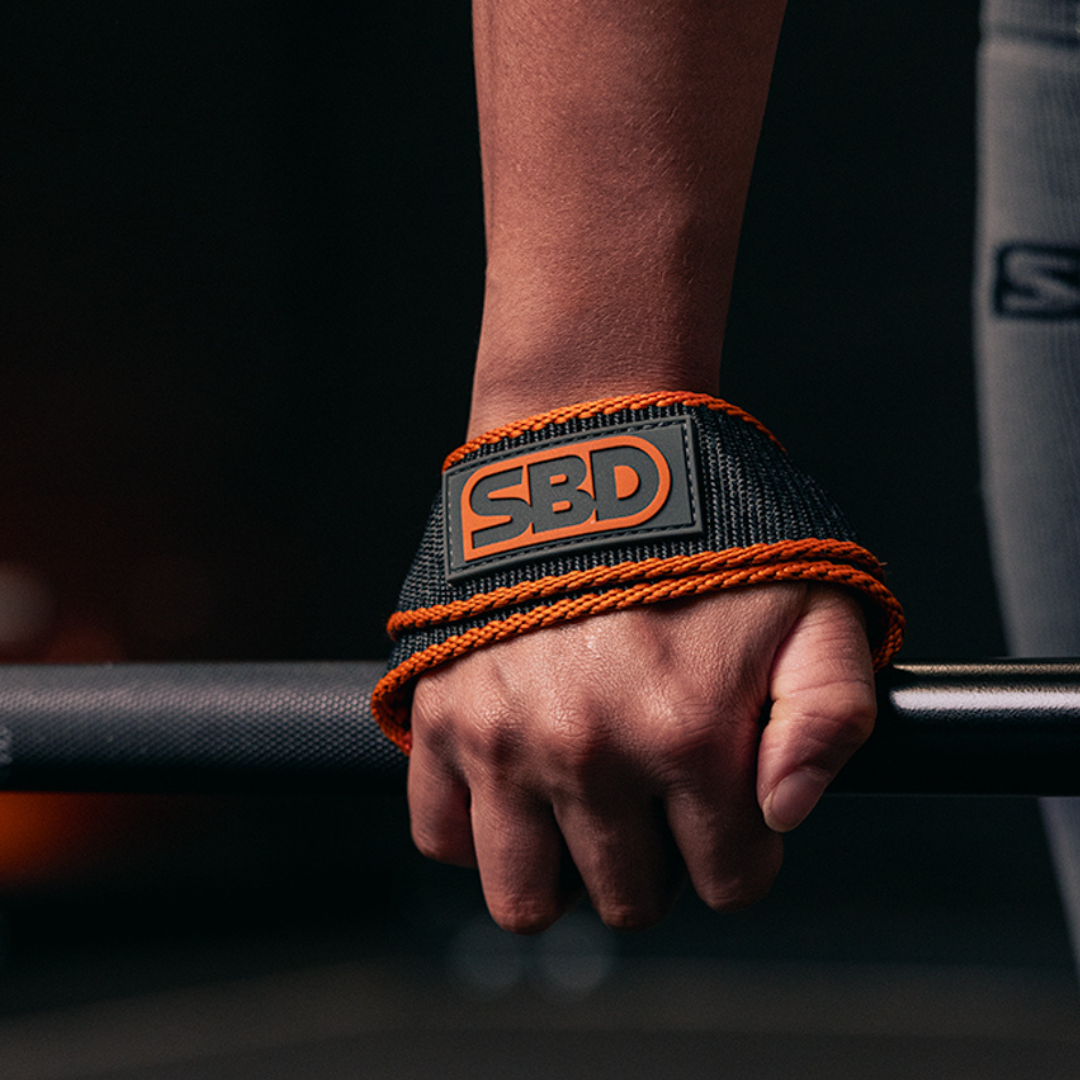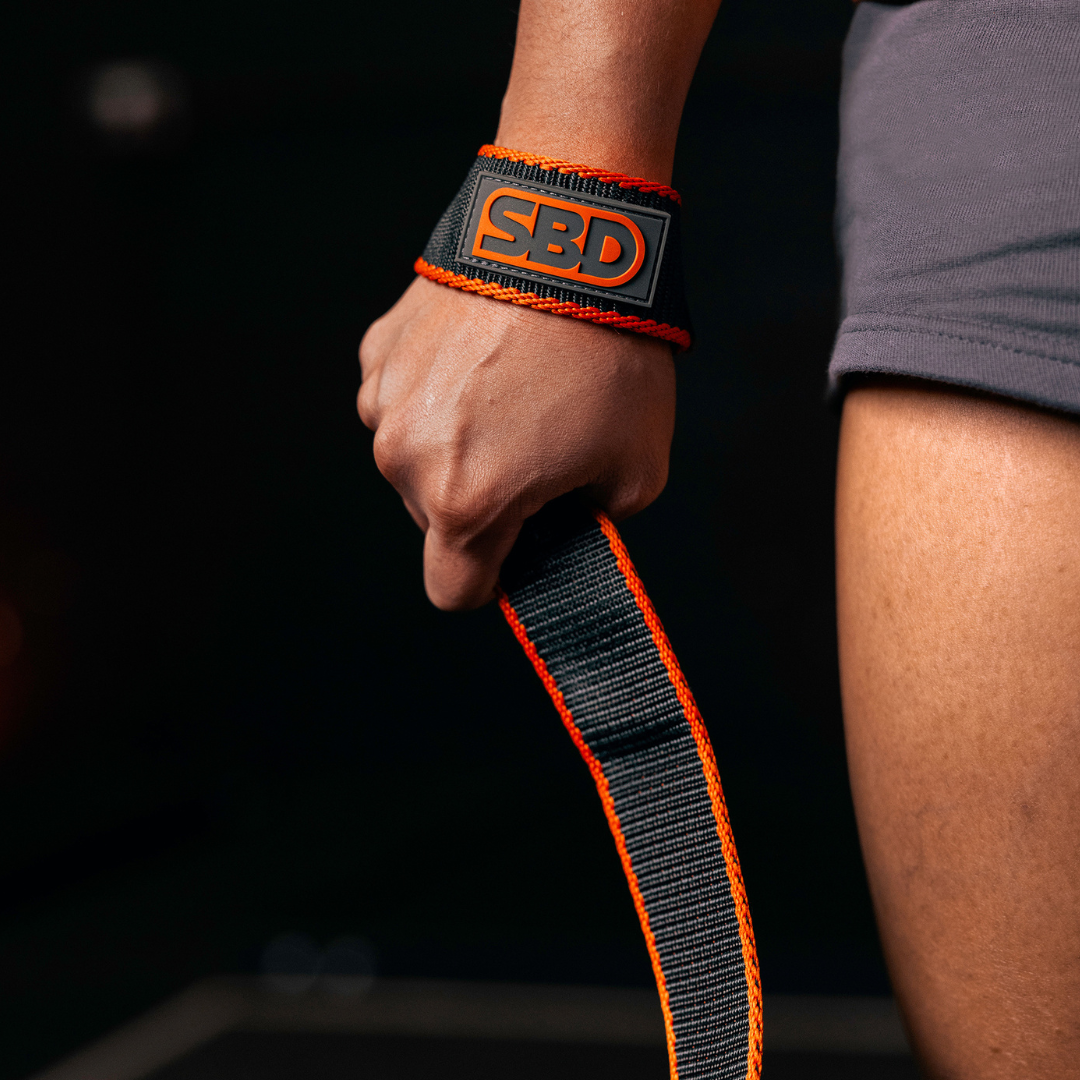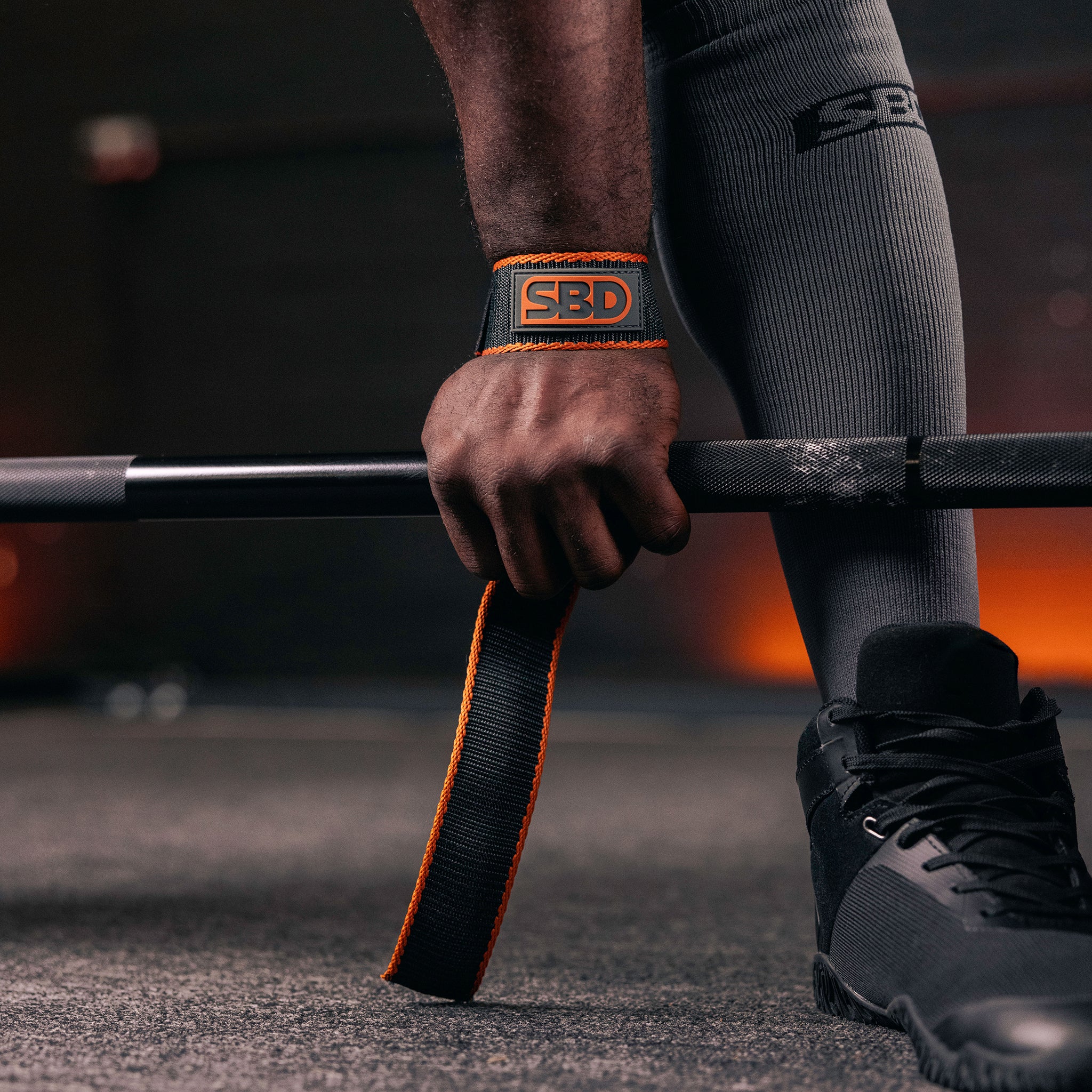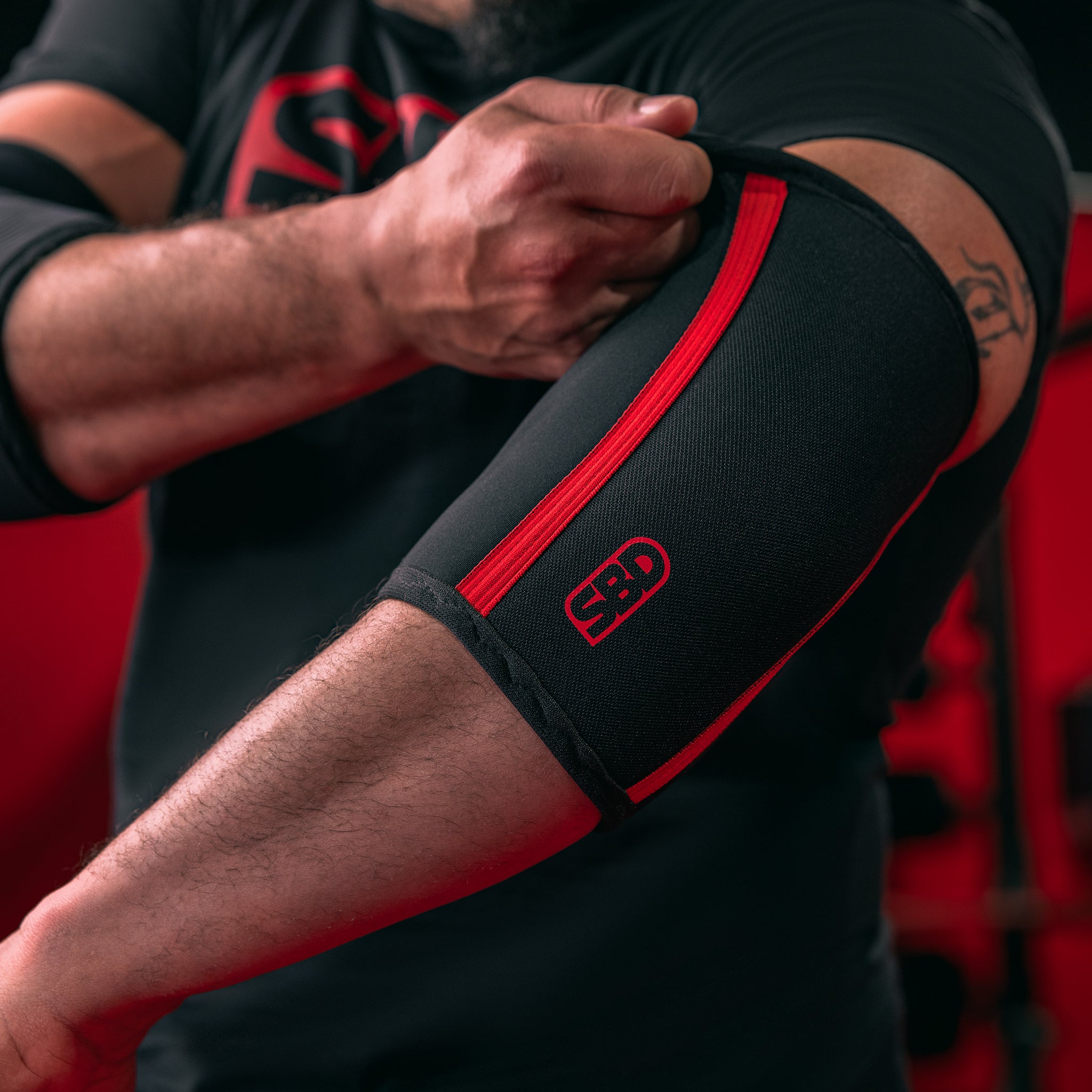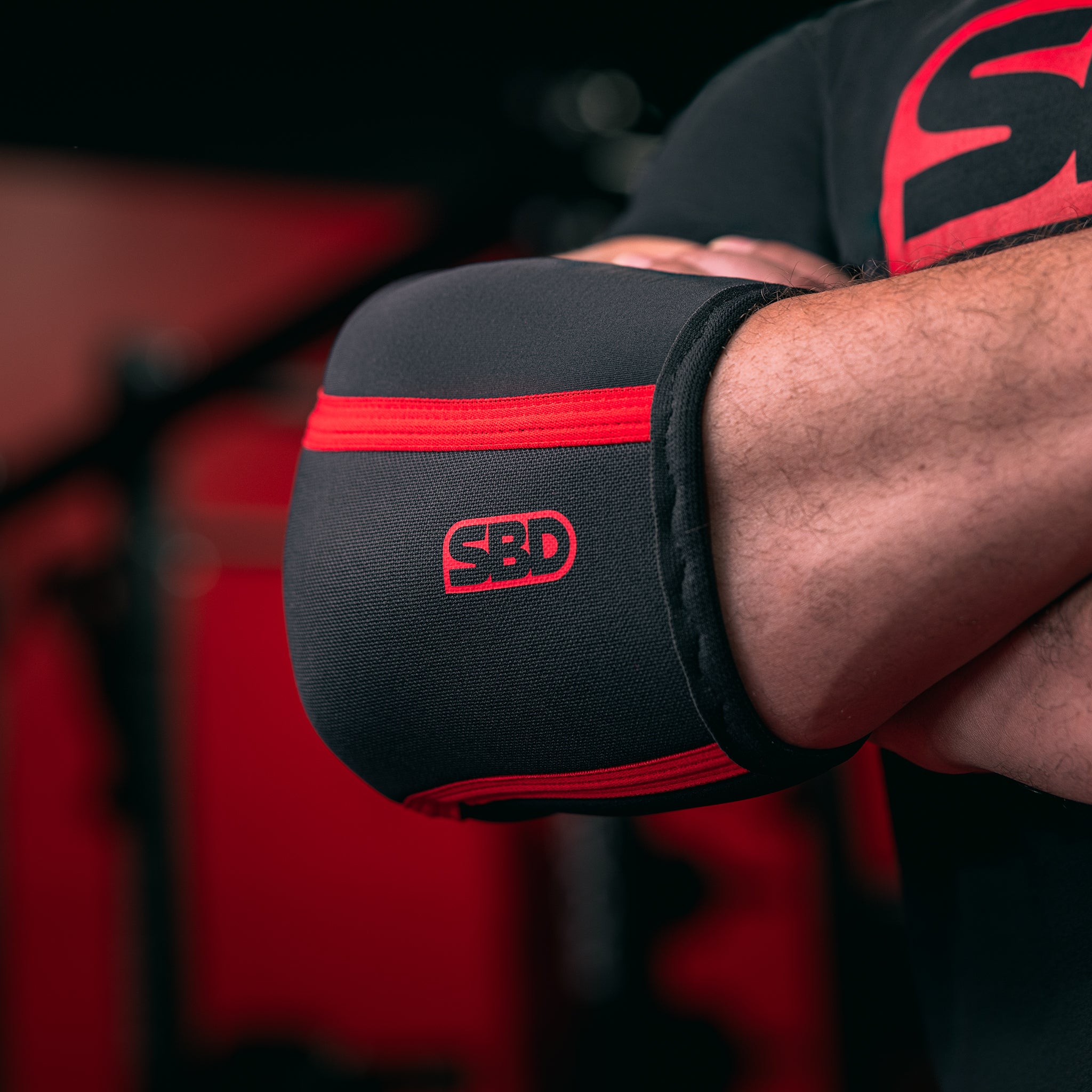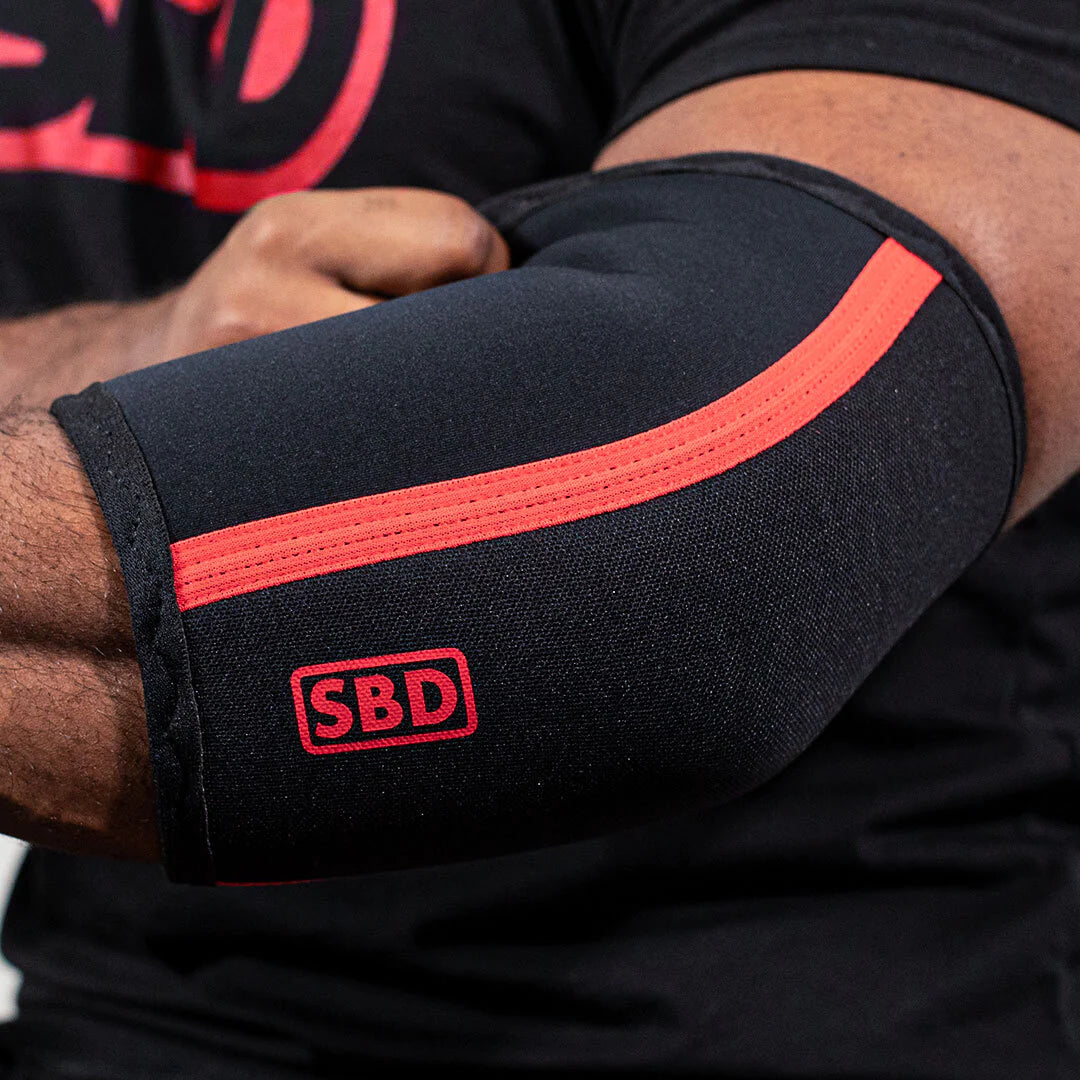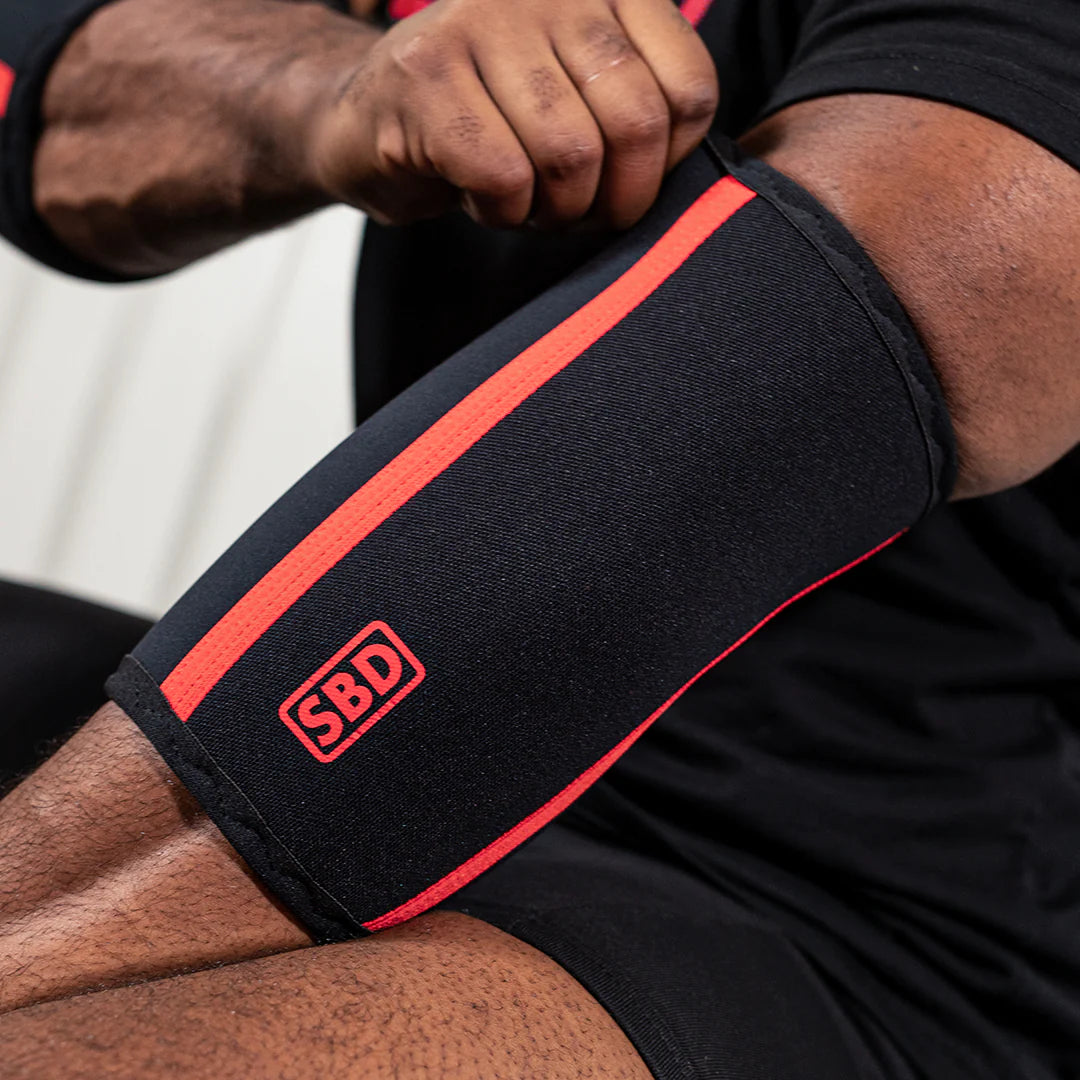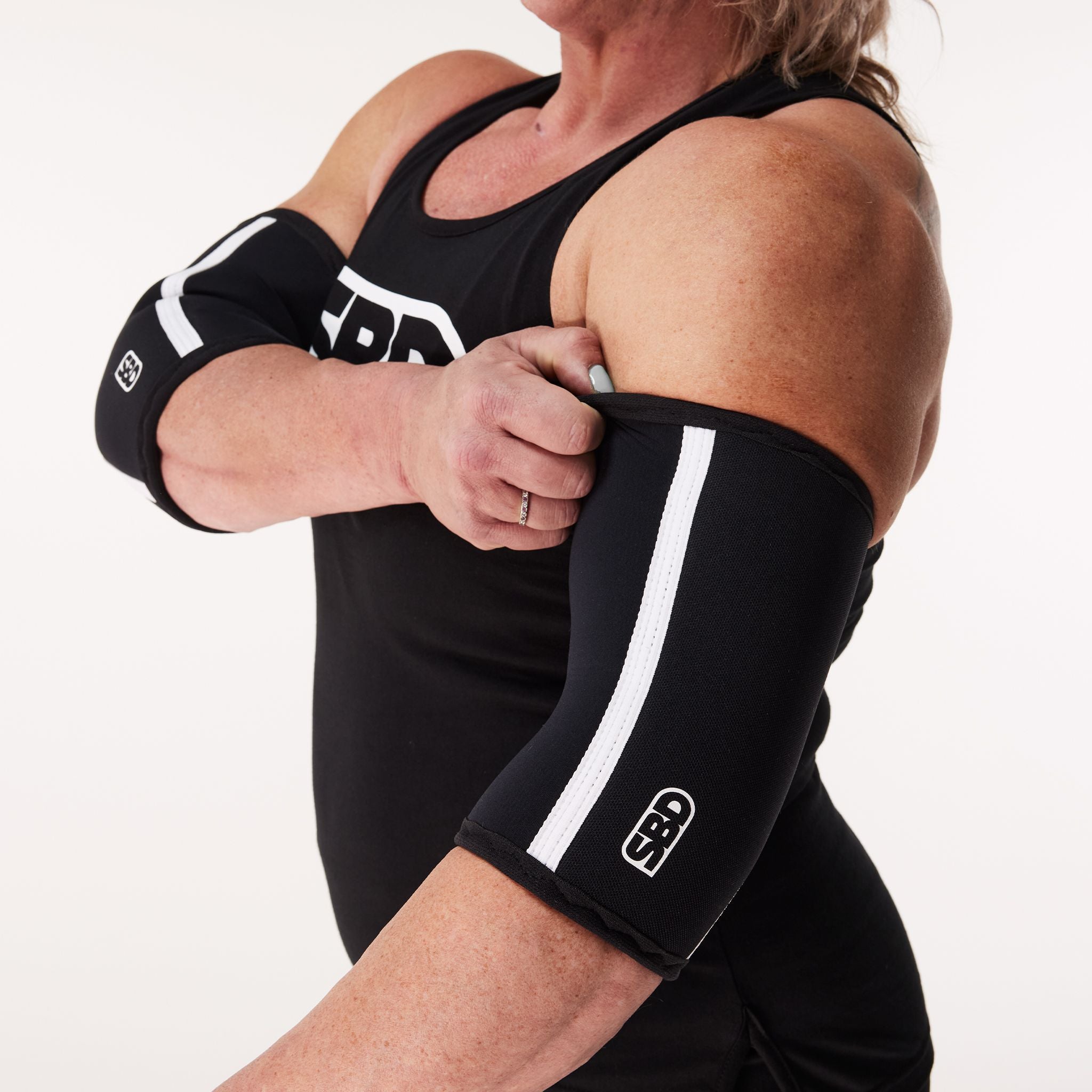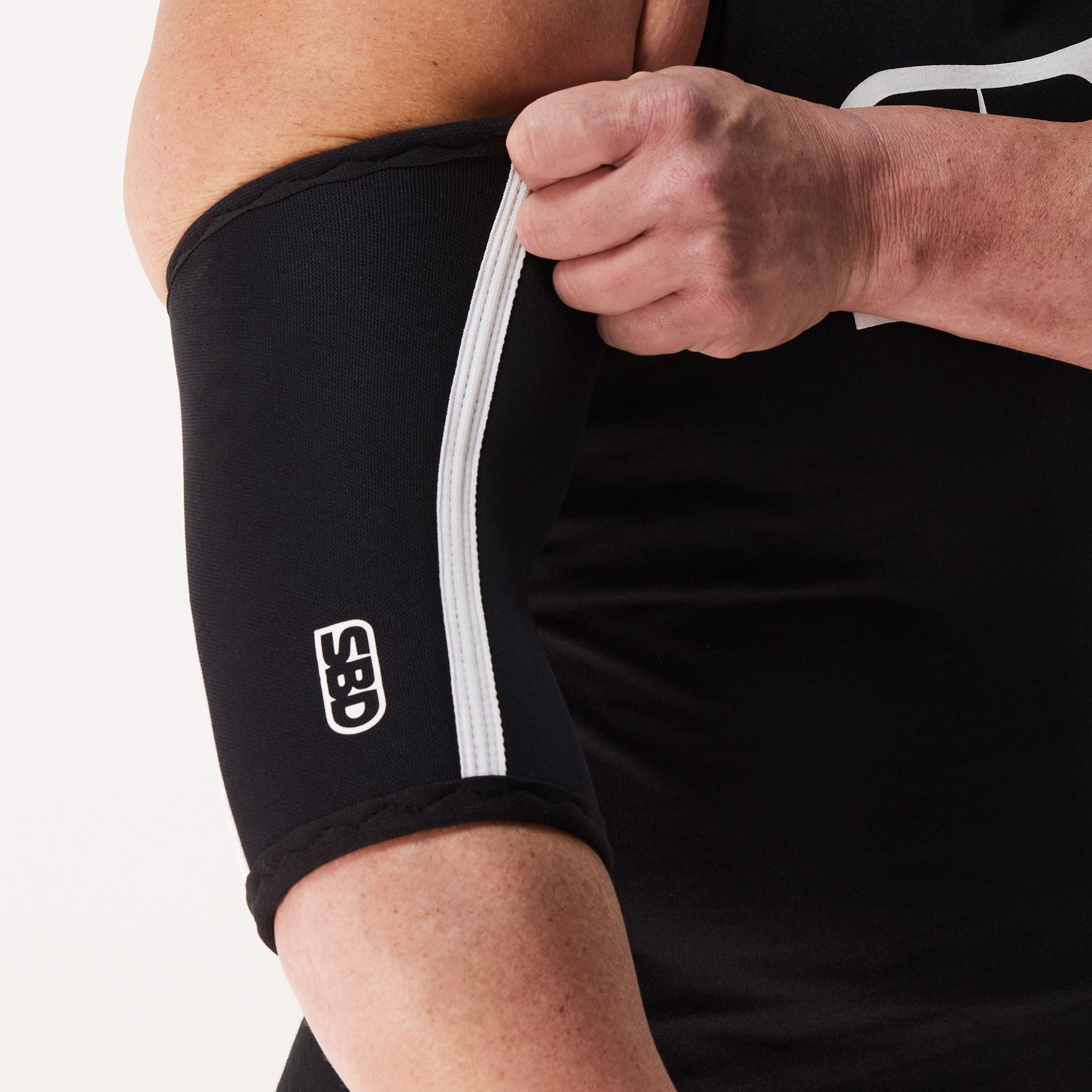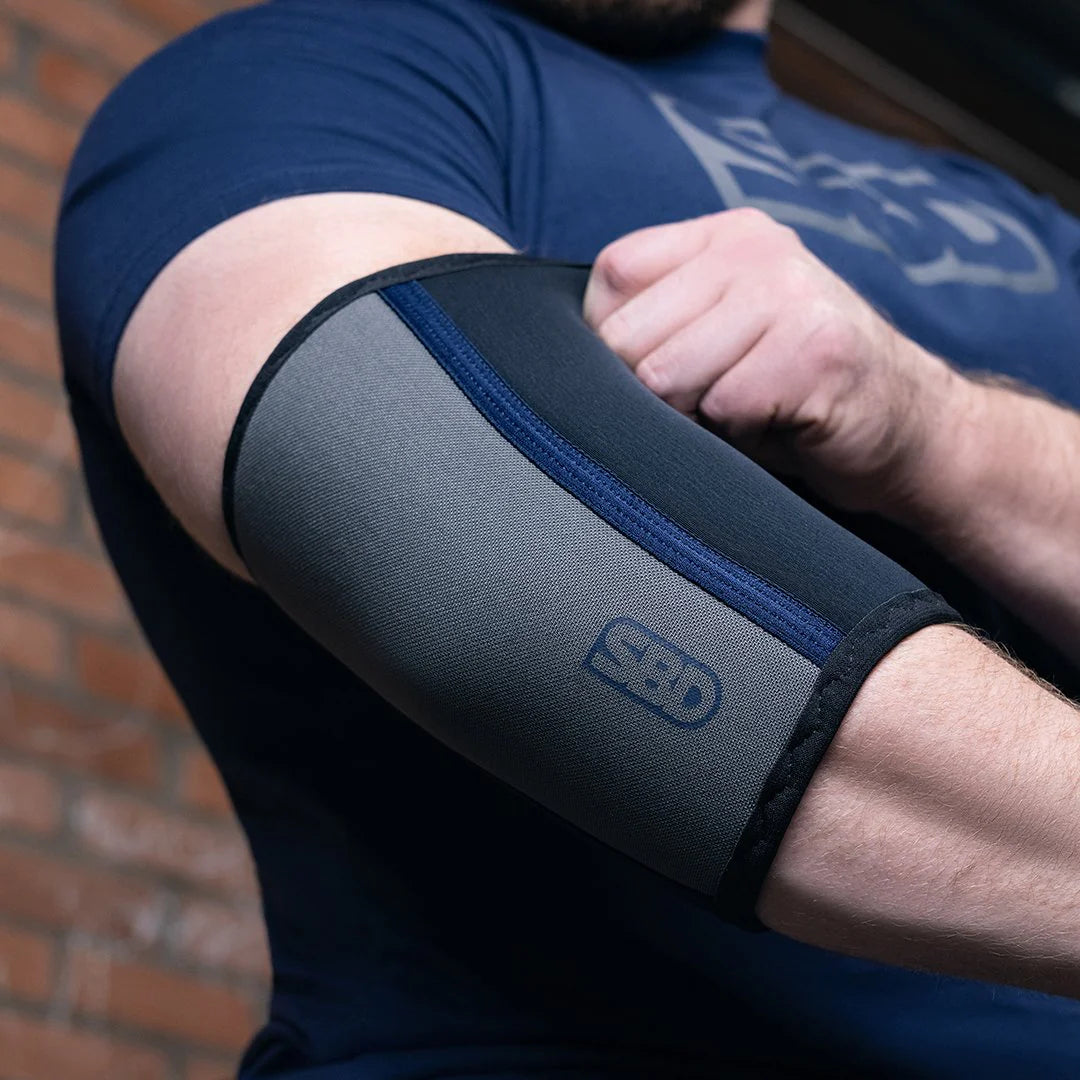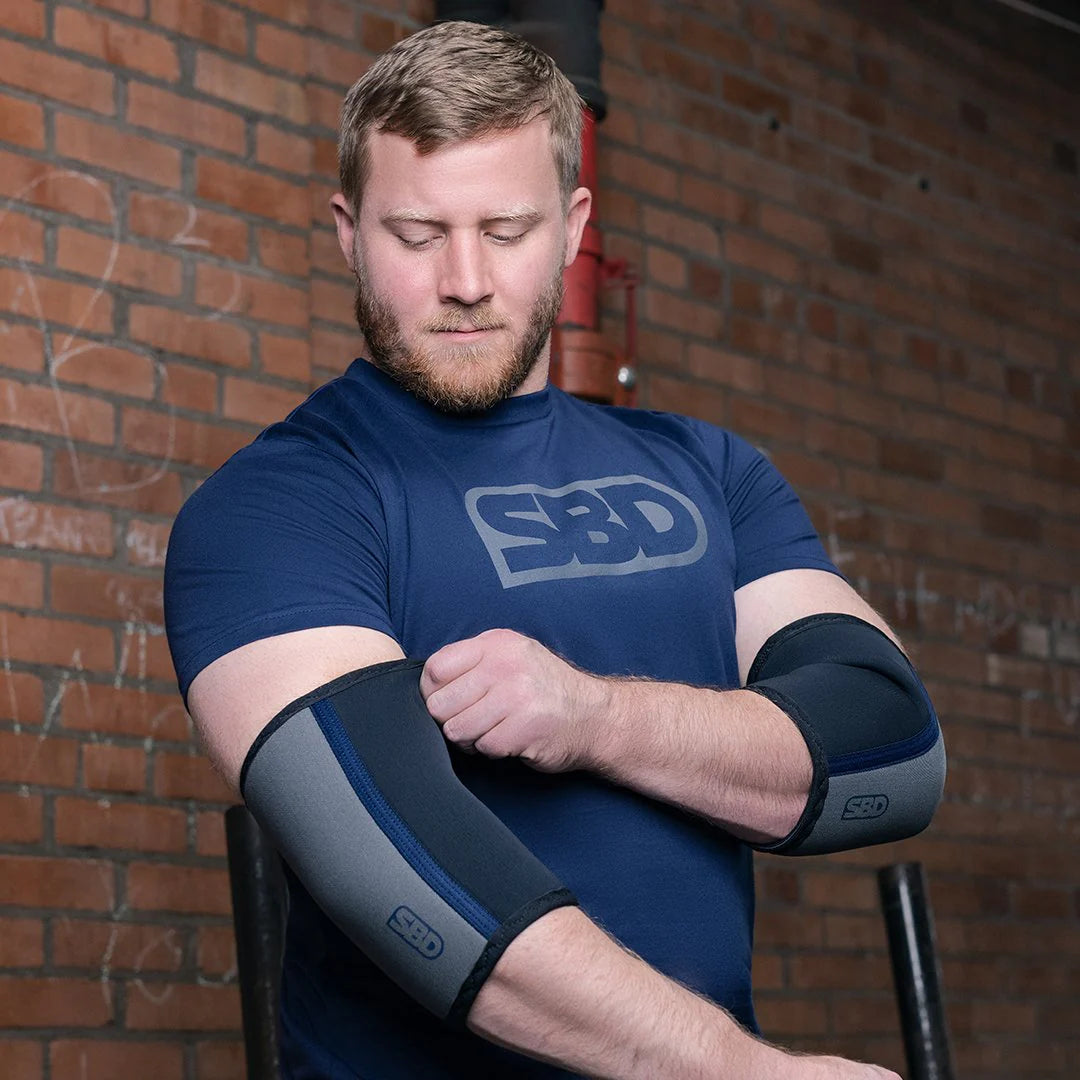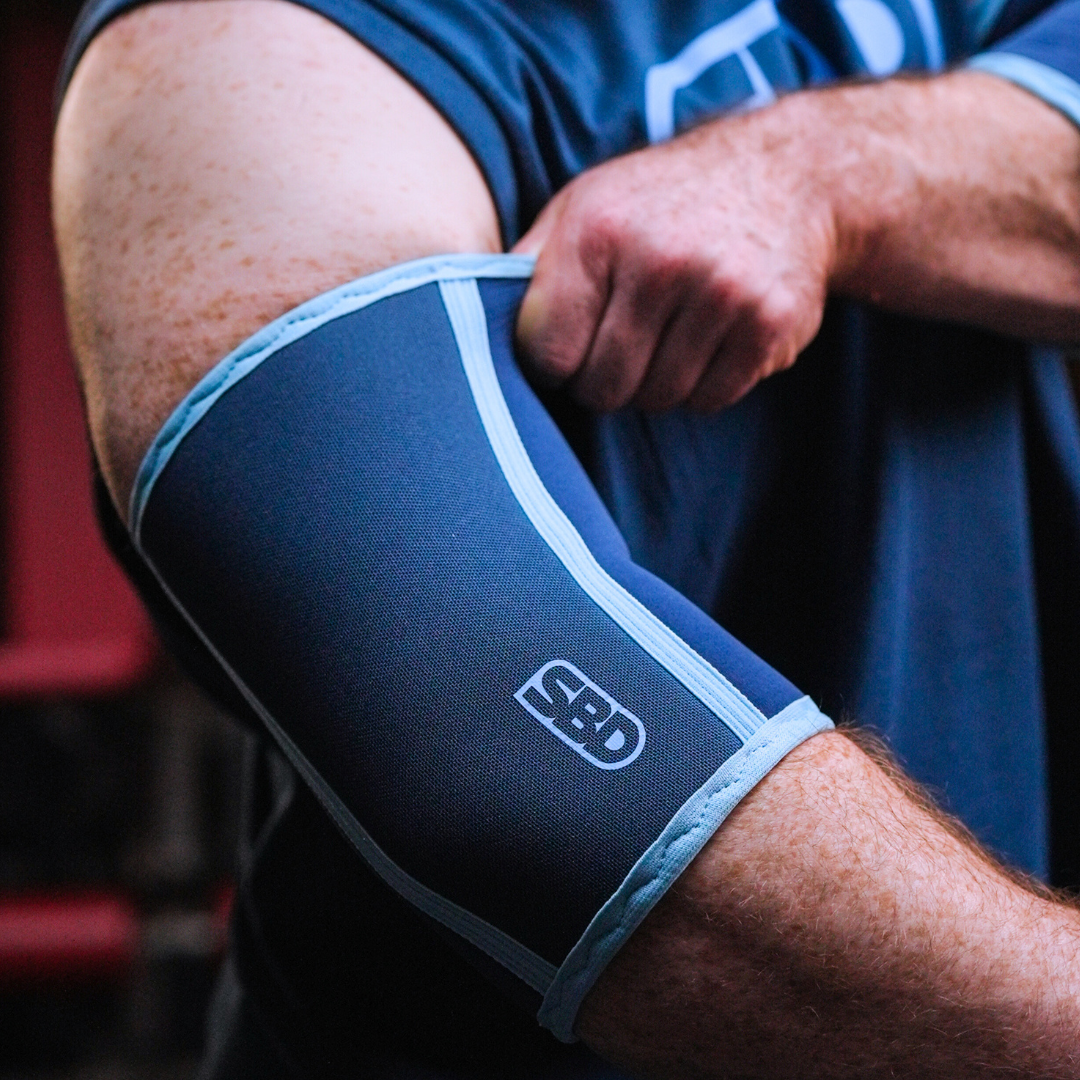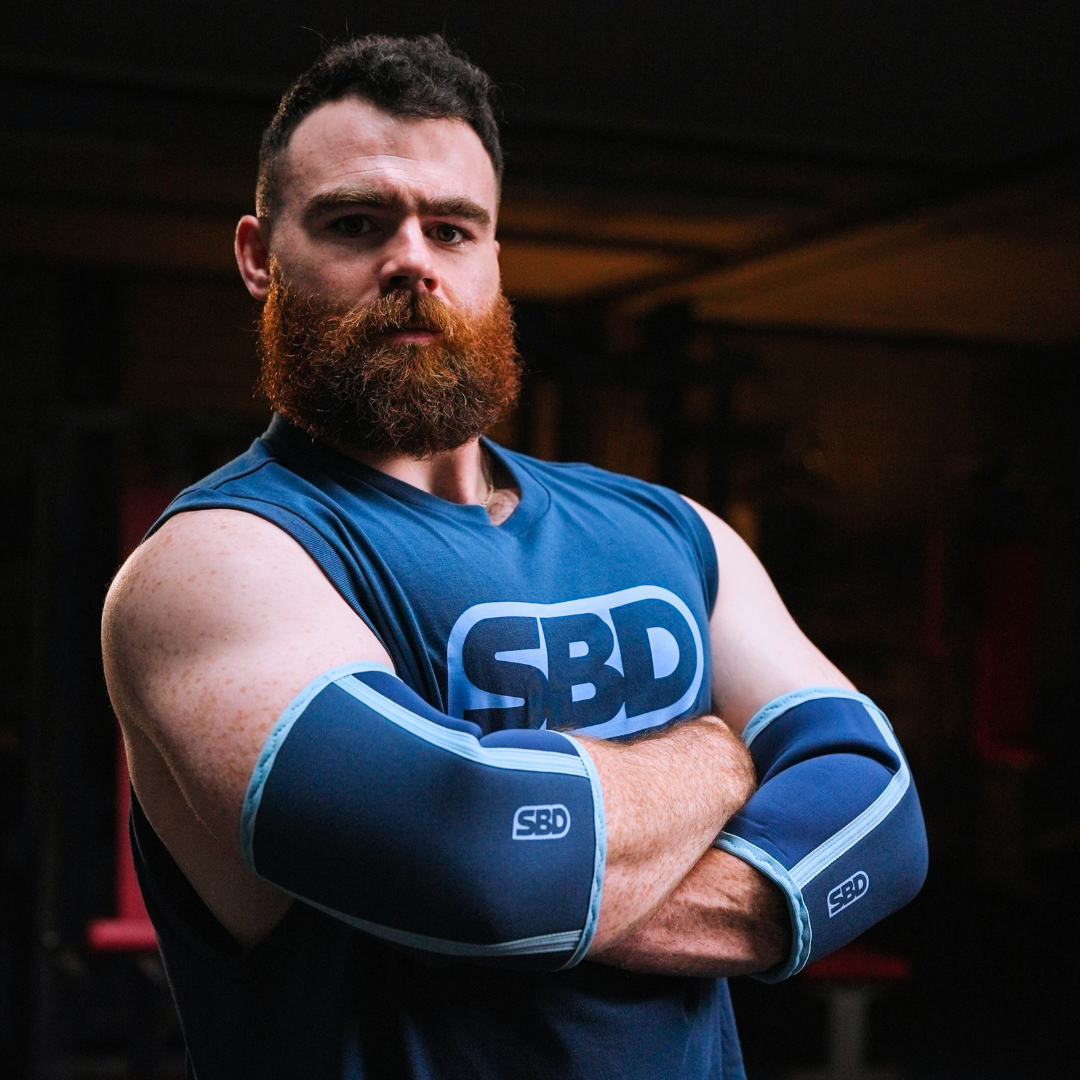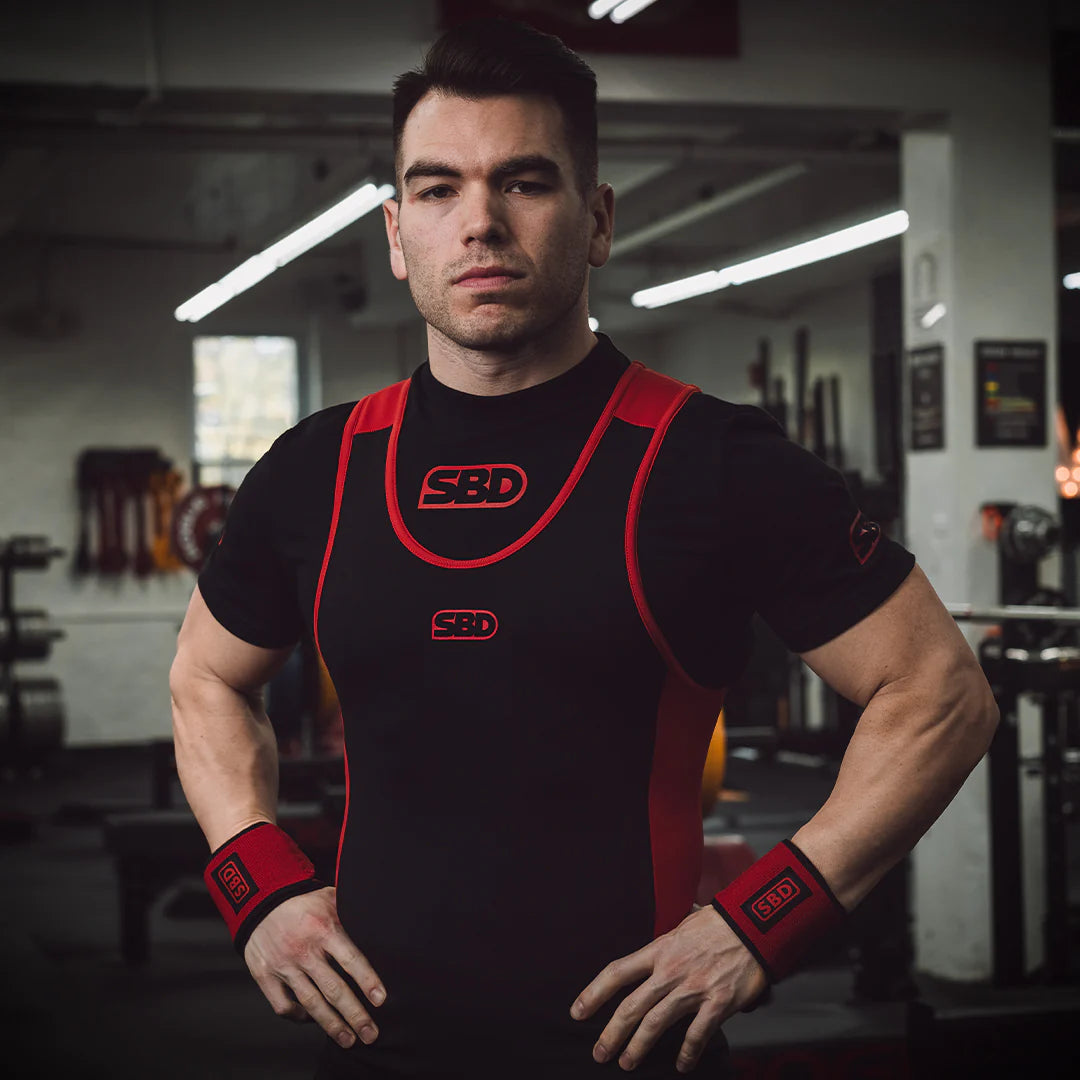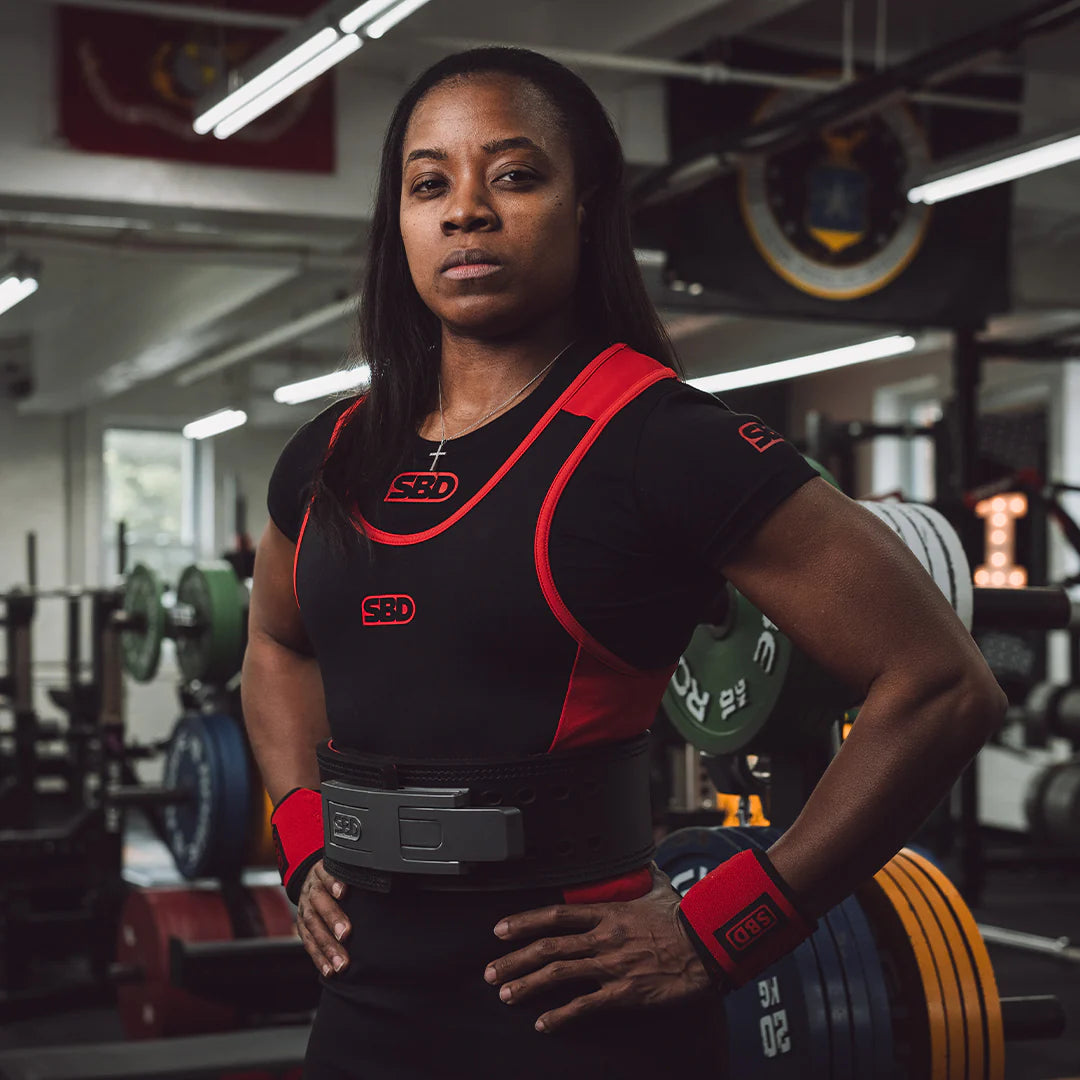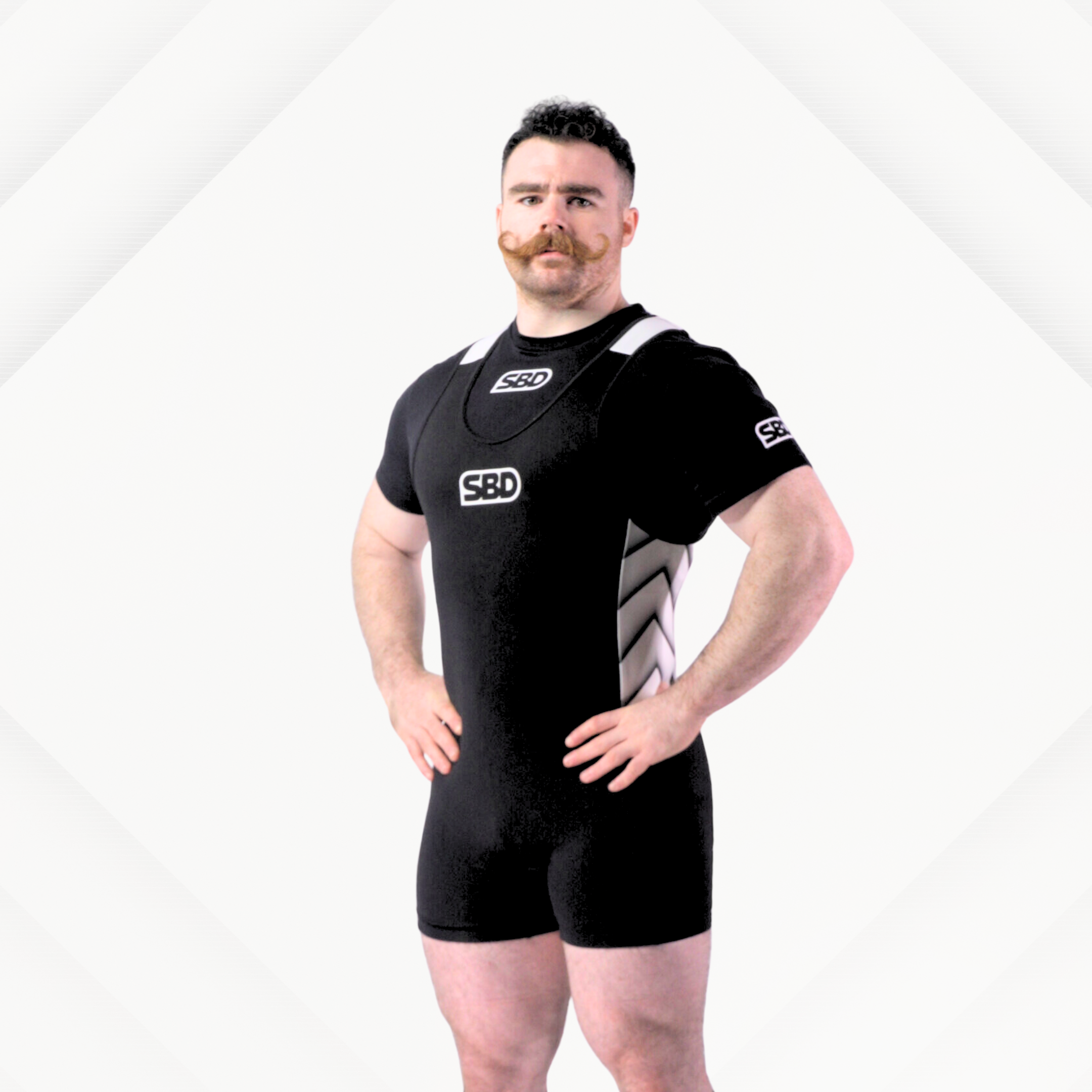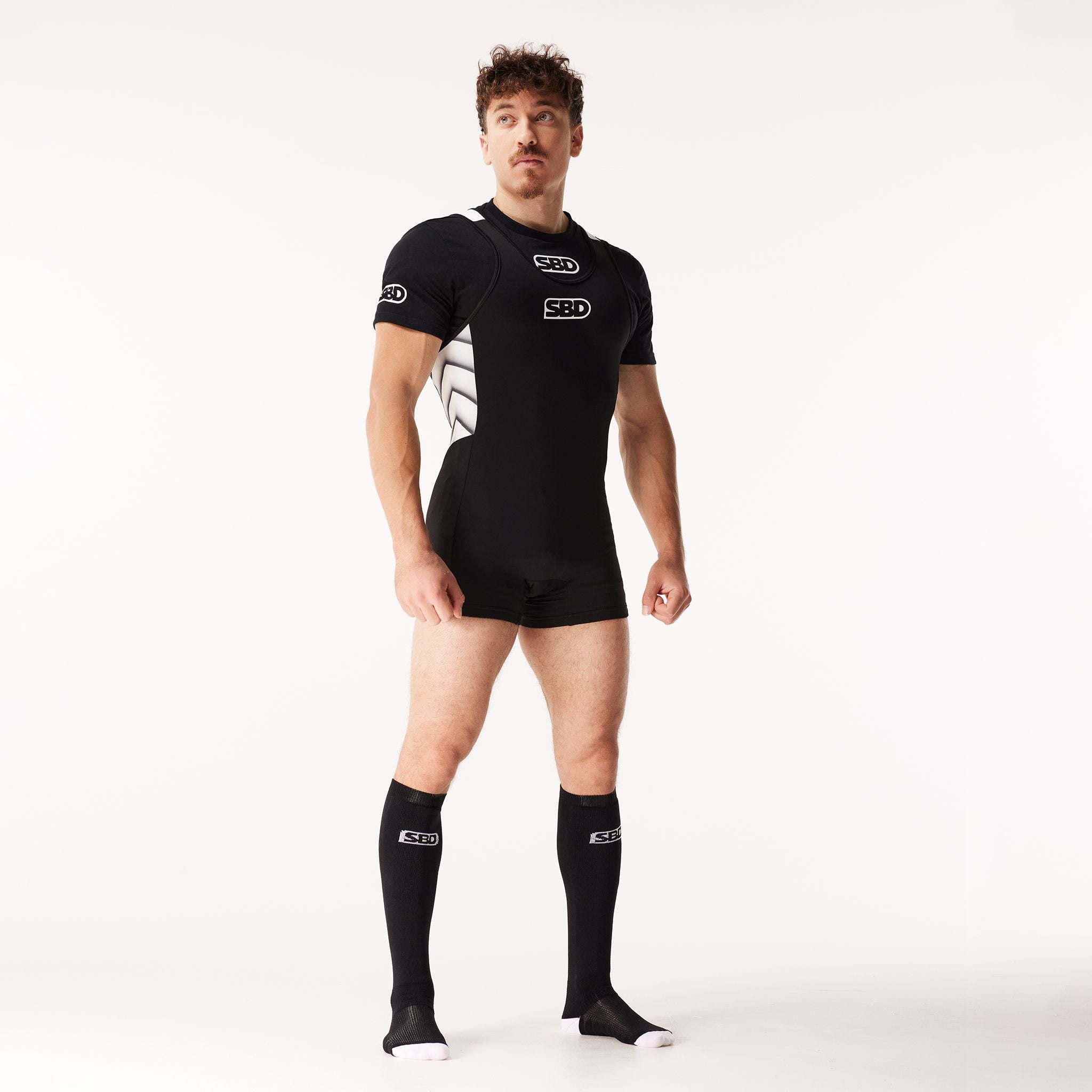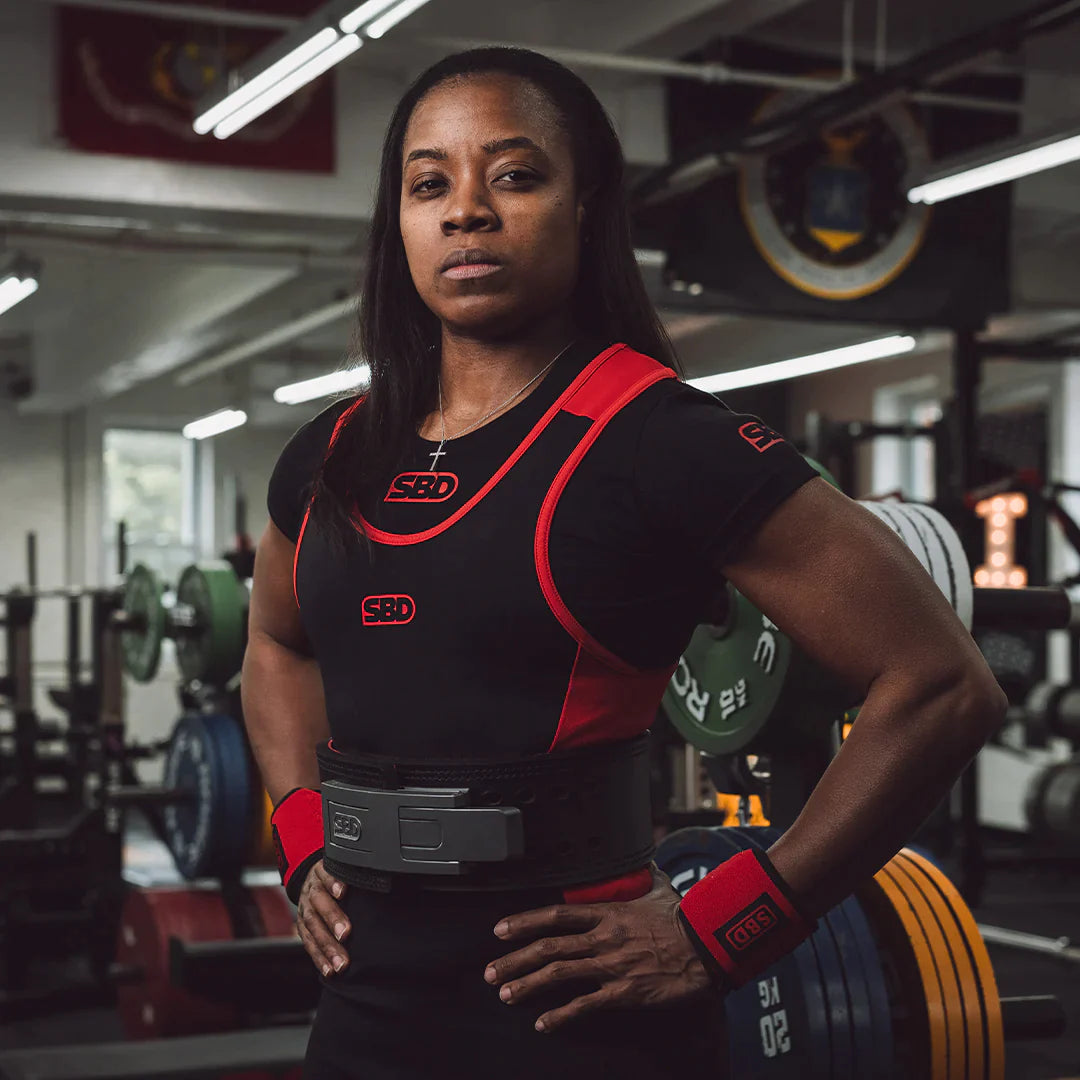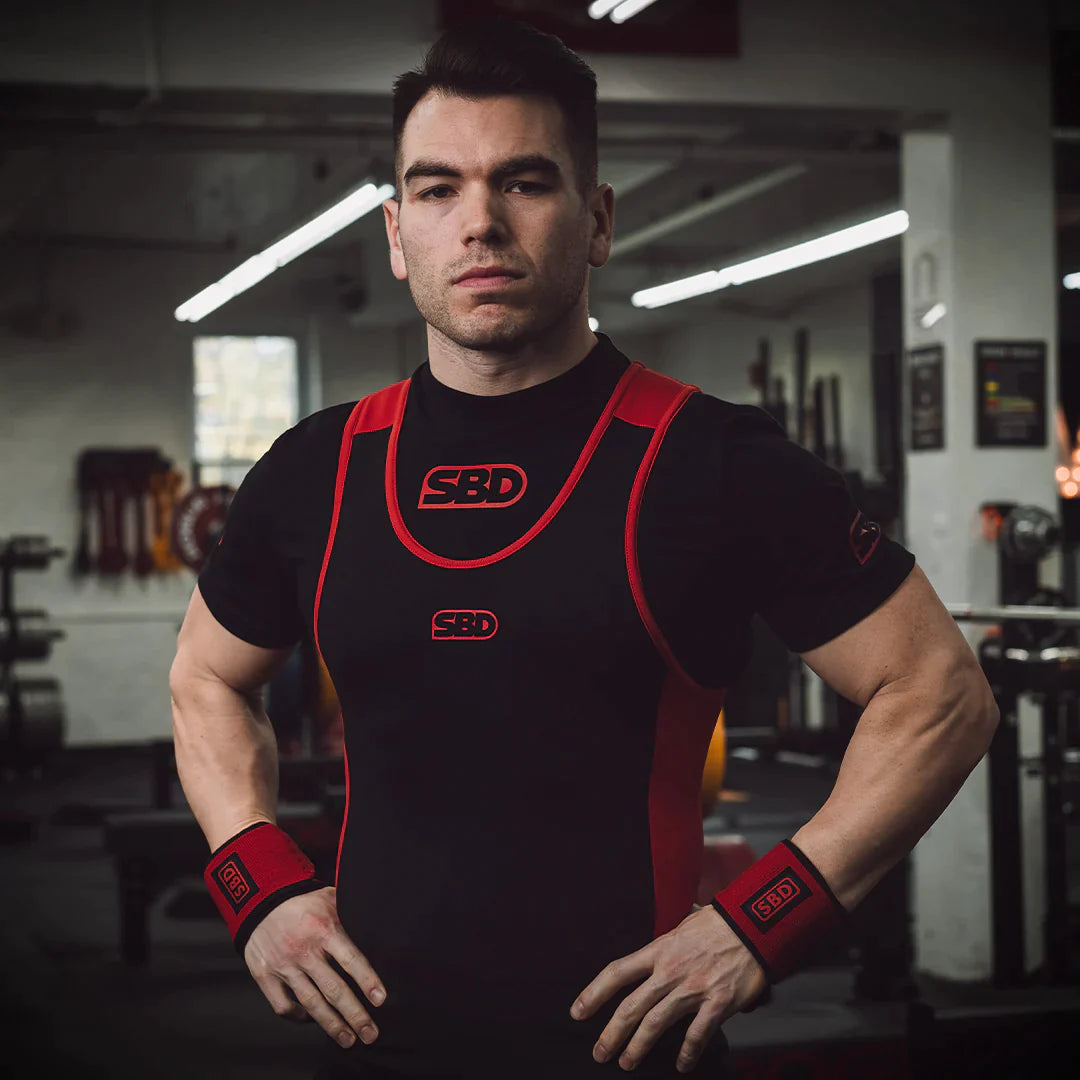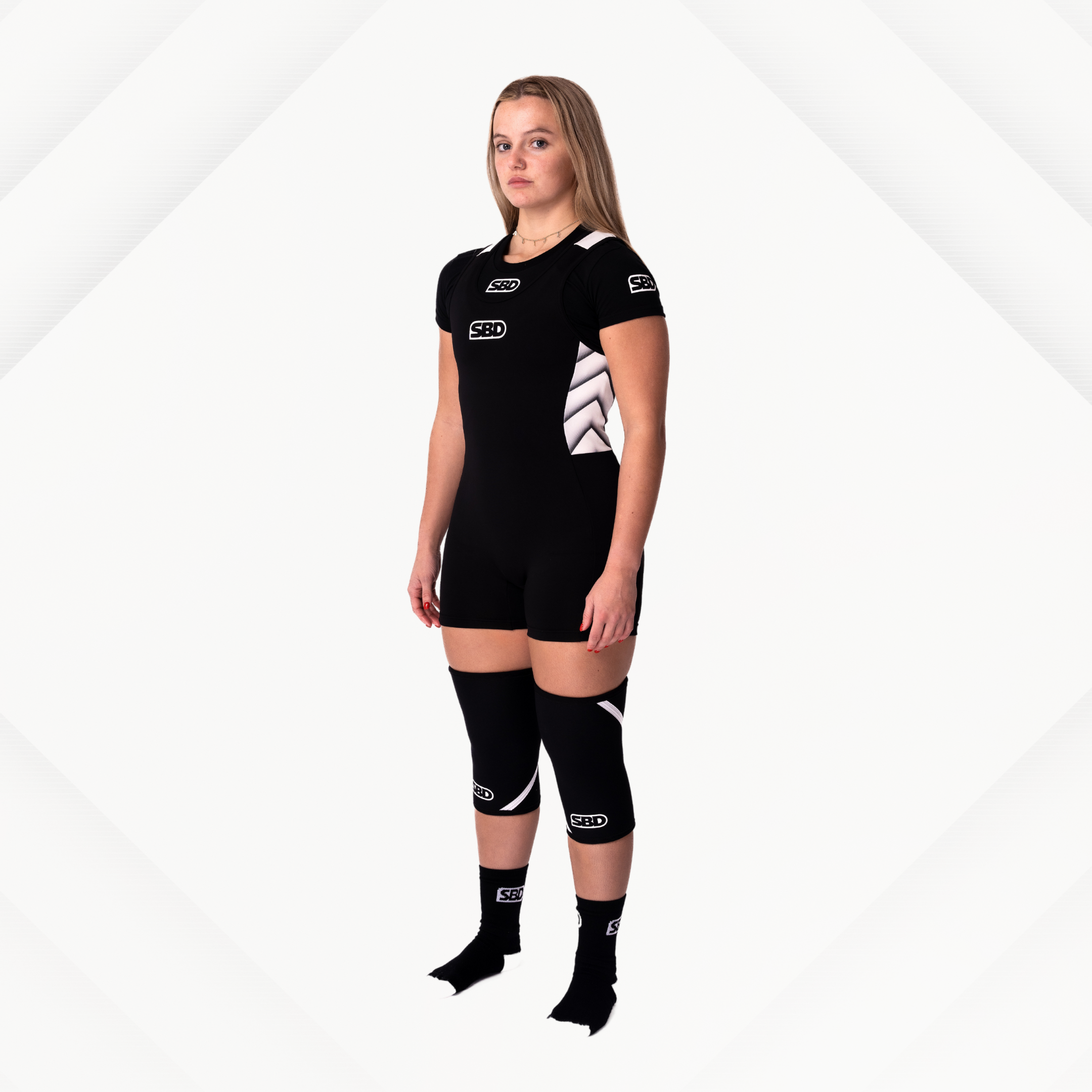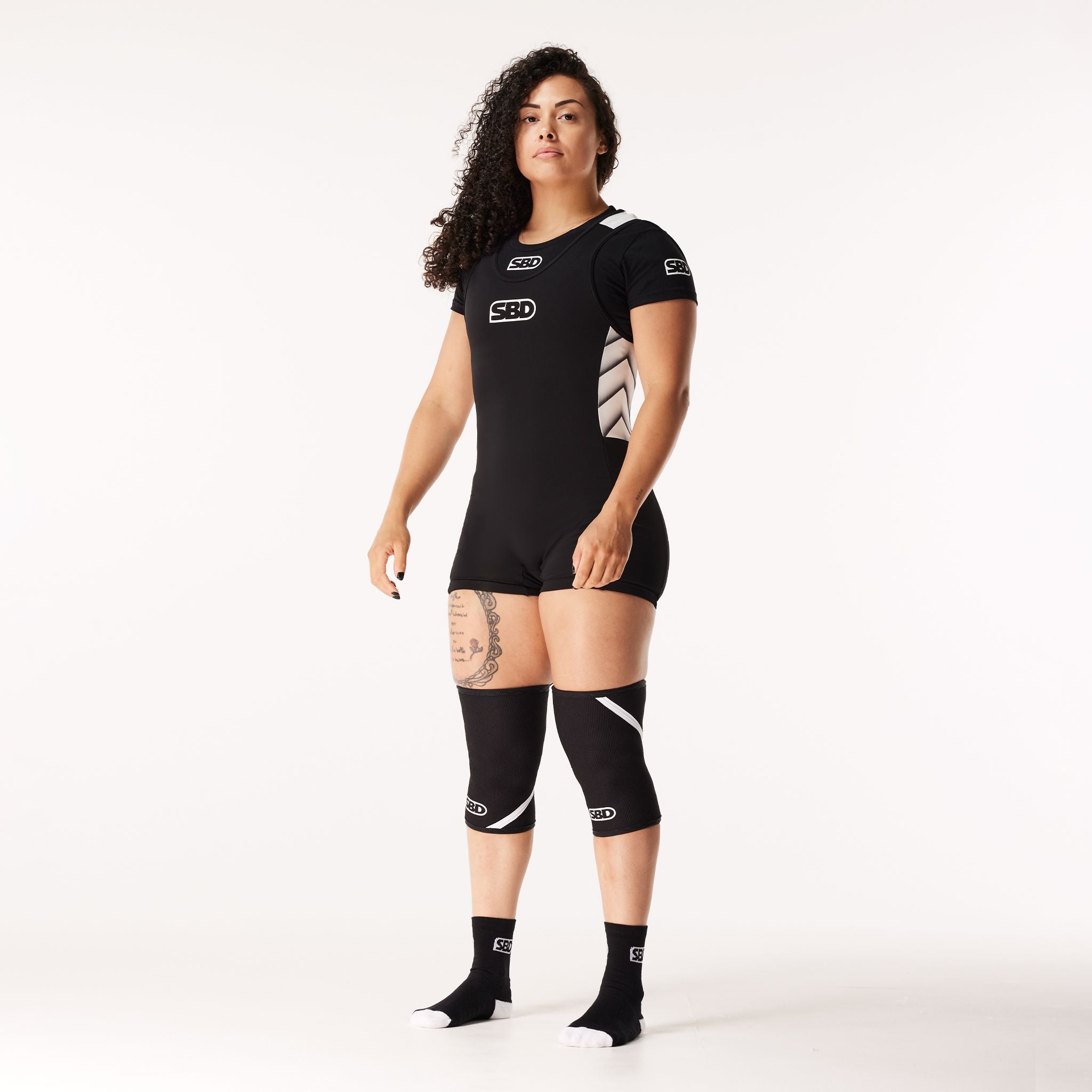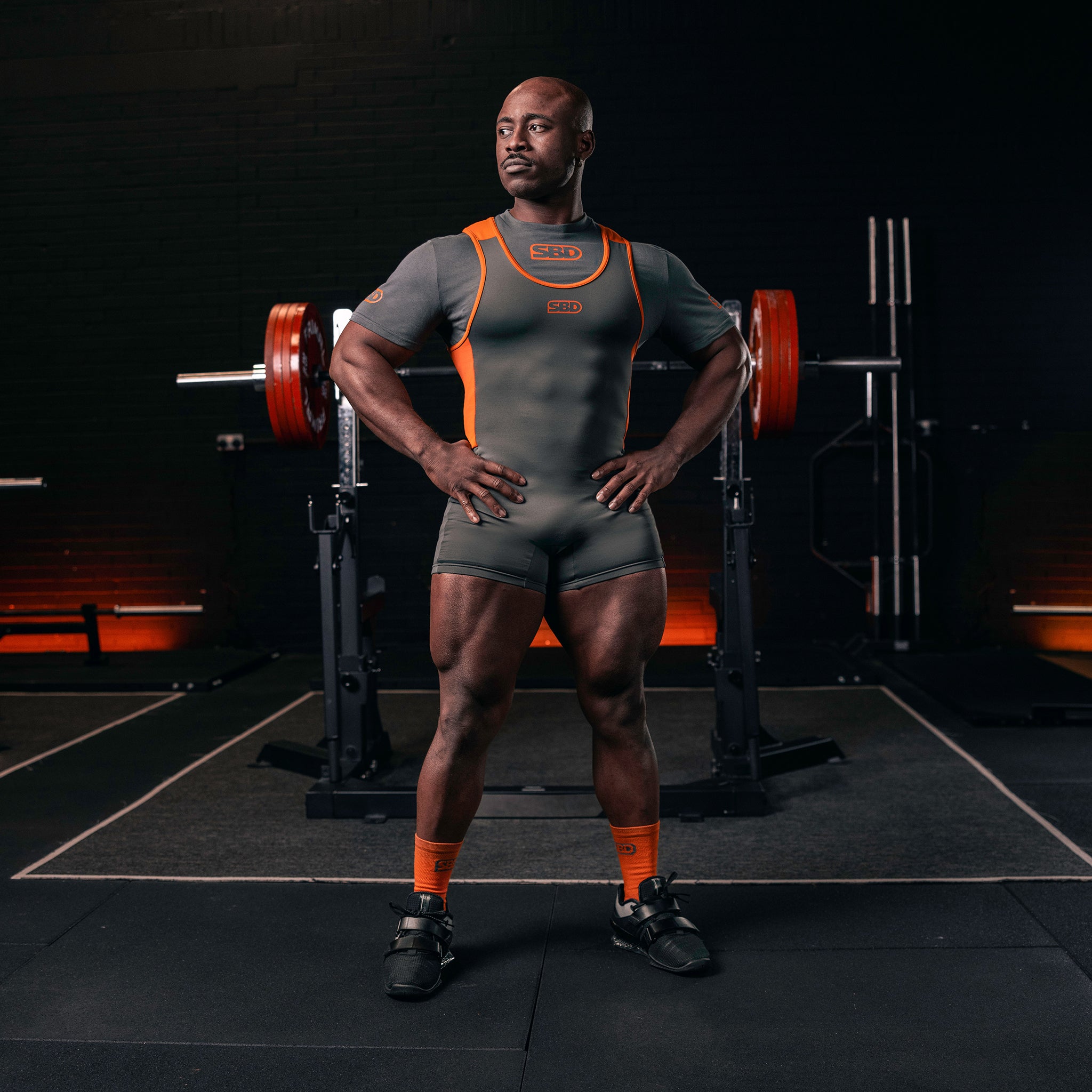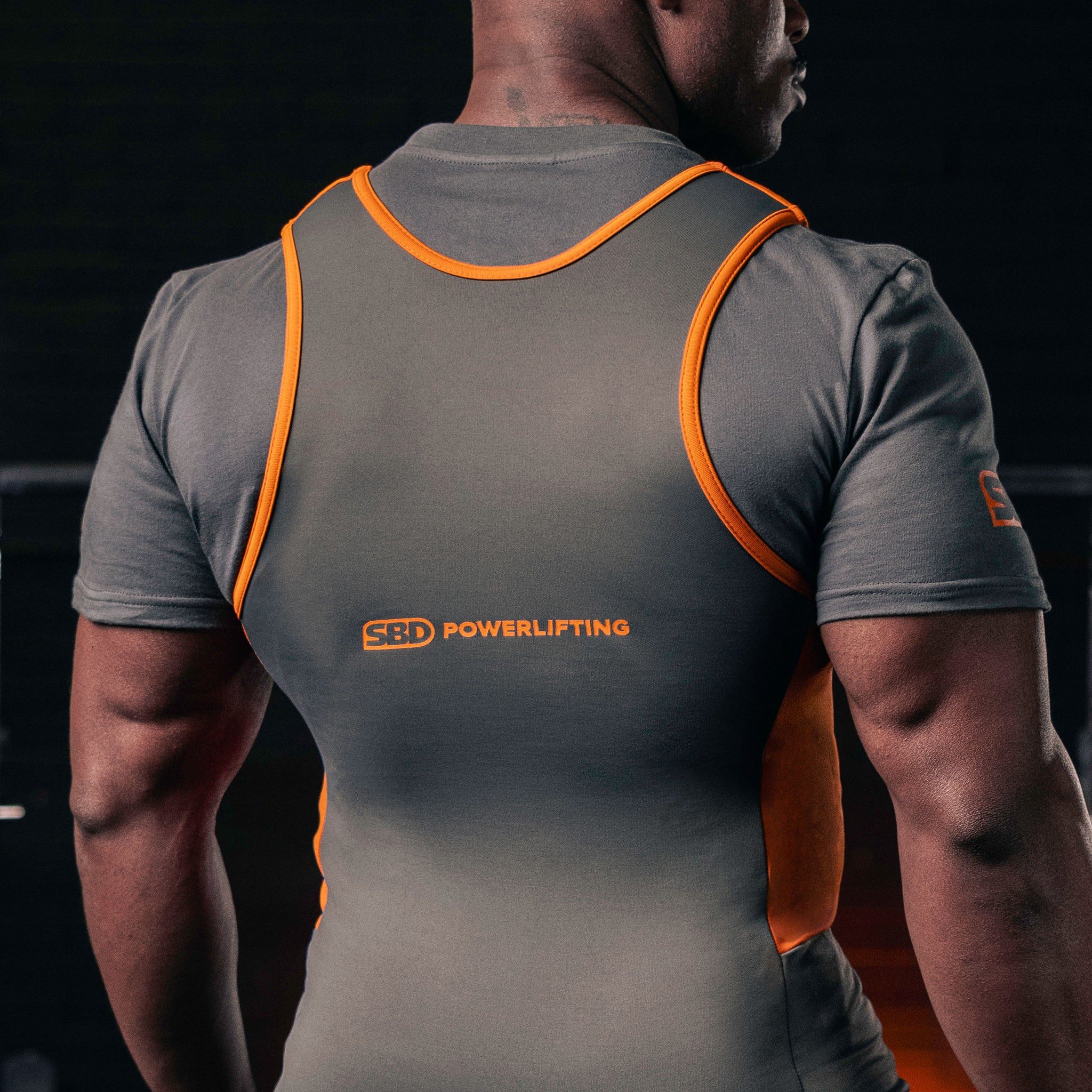When you’re gearing up for a heavy squat, bench press or deadlift session, one piece of equipment stands front and centre: your lifting belt. Knowing how tight your powerlifting belt should be can make the difference between optimal support and uncomfortable restriction. At SBD Ireland, we understand that getting the right fit matters just as much as having premium quality gear.
Whether you're new to lifting or chasing your next personal best, let’s break down exactly how tight your belt should be, why it matters, and how SBD’s range of belts supports your strength journey.
Why Belt Tightness Matters in Powerlifting
A lifting belt is not just a fashion accessory—it serves key functions:
-
It increases your intra‑abdominal pressure which helps stabilise your spine under heavy load. https://eleiko.com+2Warm Body Cold Mind+2
-
It gives your core a firm “wall” to press against when you brace — enhancing your strength and control. Starting Strength+1
-
But if the belt is too tight or too loose, you risk reduced breathing ability, poor bracing, or shifting position. Starting Strength+1
So, getting your belt tightness right means you’ll maximise its benefits while staying comfortable and safe.
So, How Tight Should It Be?
Here are some practical guidelines accepted in the strength community:
-
Snug but breathable: Your belt should be tight enough to feel firm against your core when you brace, but you should still be able to breathe deeply and fill your abdomen. TuffWraps.com
-
Finger rule: A commonly cited method is that you should be able to fit one to two fingers between the belt and your body when it’s secured and you’re braced. Iron Bull Strength - USA+1
-
Lift‑specific adjustments: Many lifters use slightly different tightness depending on the lift. For example, you may wear it slightly tighter for squats than for deadlifts. Starting Strength
-
Comfort check: If your belt is so tight you can’t brace or breathe properly, or if it digs into your hips when setting up, it’s too tight. If it's loose enough to slip or feels like just a waist strap — it’s too loose. Starting Strength
In short: tight enough to feel secure, loose enough to breathe.
SBD Belts That Nail the Fit
At SBD Ireland’s lifting belts collection, we have premium options designed for lifters who take their training seriously. Here are three excellent choices:
SBD Forge Belt 13mm – Grey/Black – Built for maximum stability and support, ideal for heavy singles, competition prep, and lifters who want rigid bracing.
SBD Belt 10mm – A slightly thinner profile for those who prefer a bit more flexibility while maintaining quality support.

SBD Forge Belt 10mm – Grey/Orange – A fusion of performance and style, great for serious training with a bit more comfort for volume sessions.
Each belt allows you to fine‑tune your tightness and find the sweet spot where support and mobility meet.
Tips to Adjust Your Belt Like a Pro
-
Start your session wearing the belt on your first heavy sets. Use your breath to test fit: inhale, let your stomach push outward and feel the belt catch you.
-
If you feel the belt buckle pressing into you, or you struggle to brace, loosen it a hole.
-
After a few sessions, you’ll get a feel for where your belt “sits best” and how tight you like it for different lifts.
-
Remember: it's about form and bracing — the belt is a tool, not a substitute for technique.
Final Thoughts
Getting your belt tightness right isn’t rocket science—but it can dramatically improve your lifts, support your back and core, and keep you lifting longer and stronger.
Whether you go with the Forge 13mm, the versatile 10mm, or the bold Grey/Orange version, the key is to use a high‑quality belt from SBD Ireland and dial in the fit so it works with you. Tight enough to brace. Loose enough to breathe. That’s the sweet spot.





